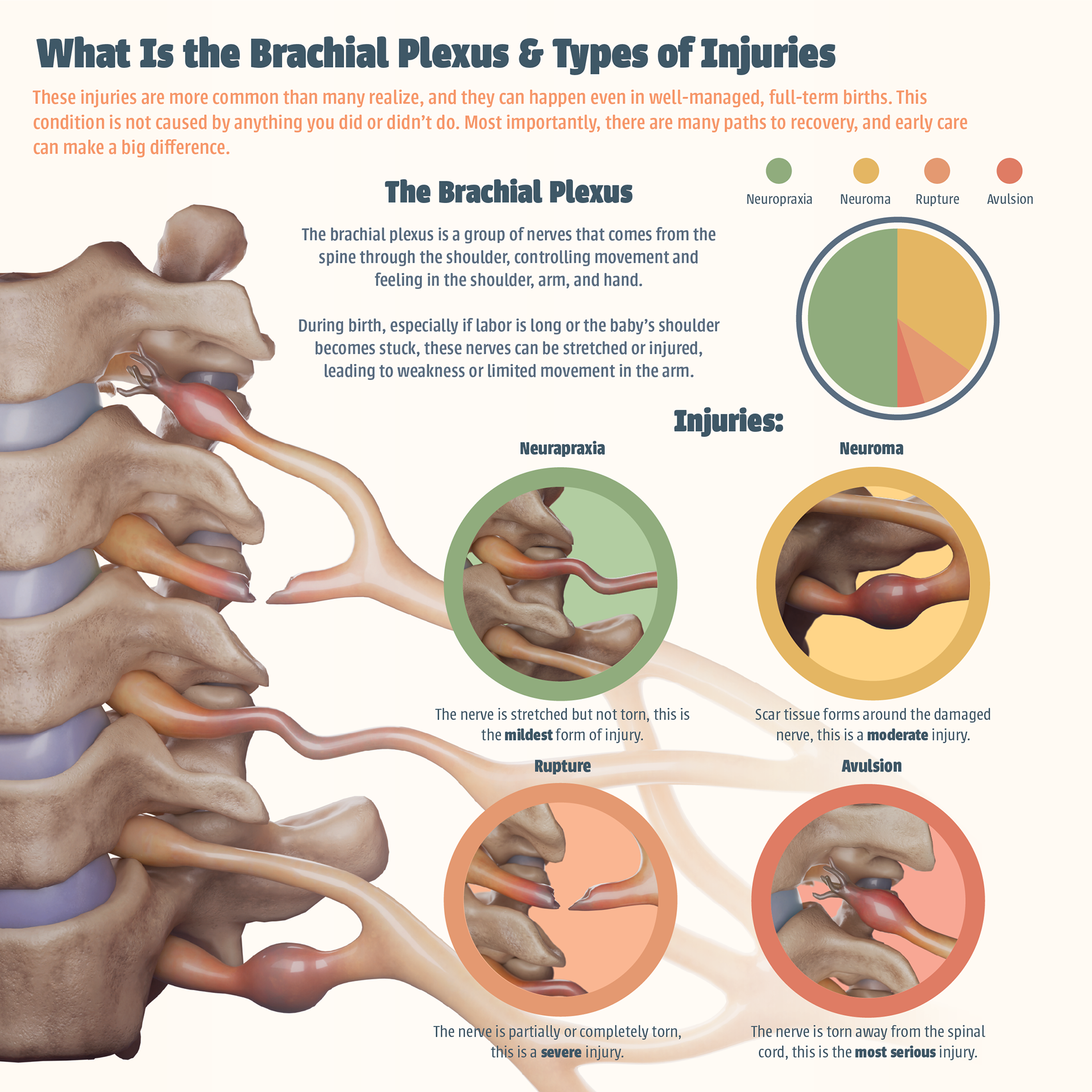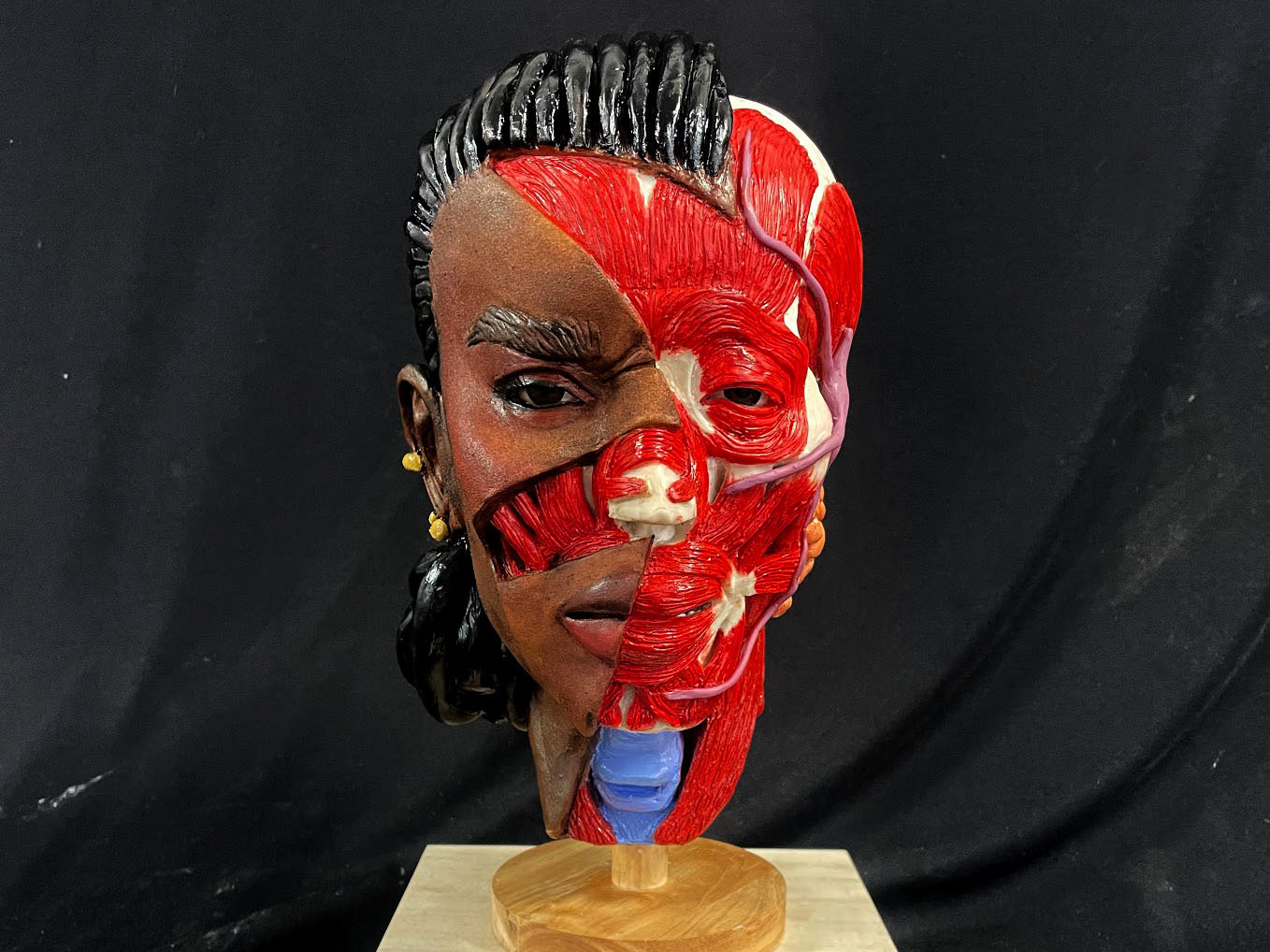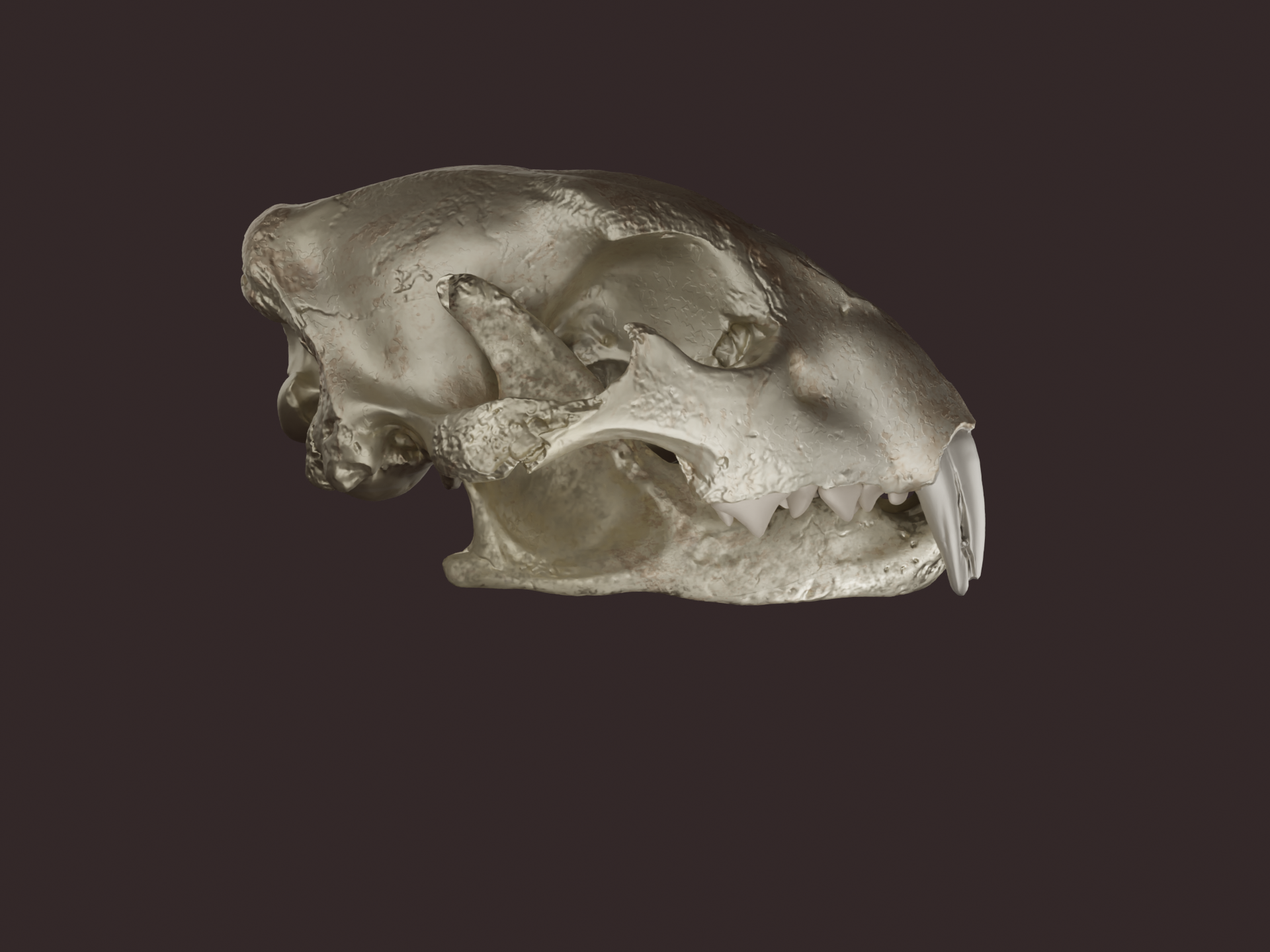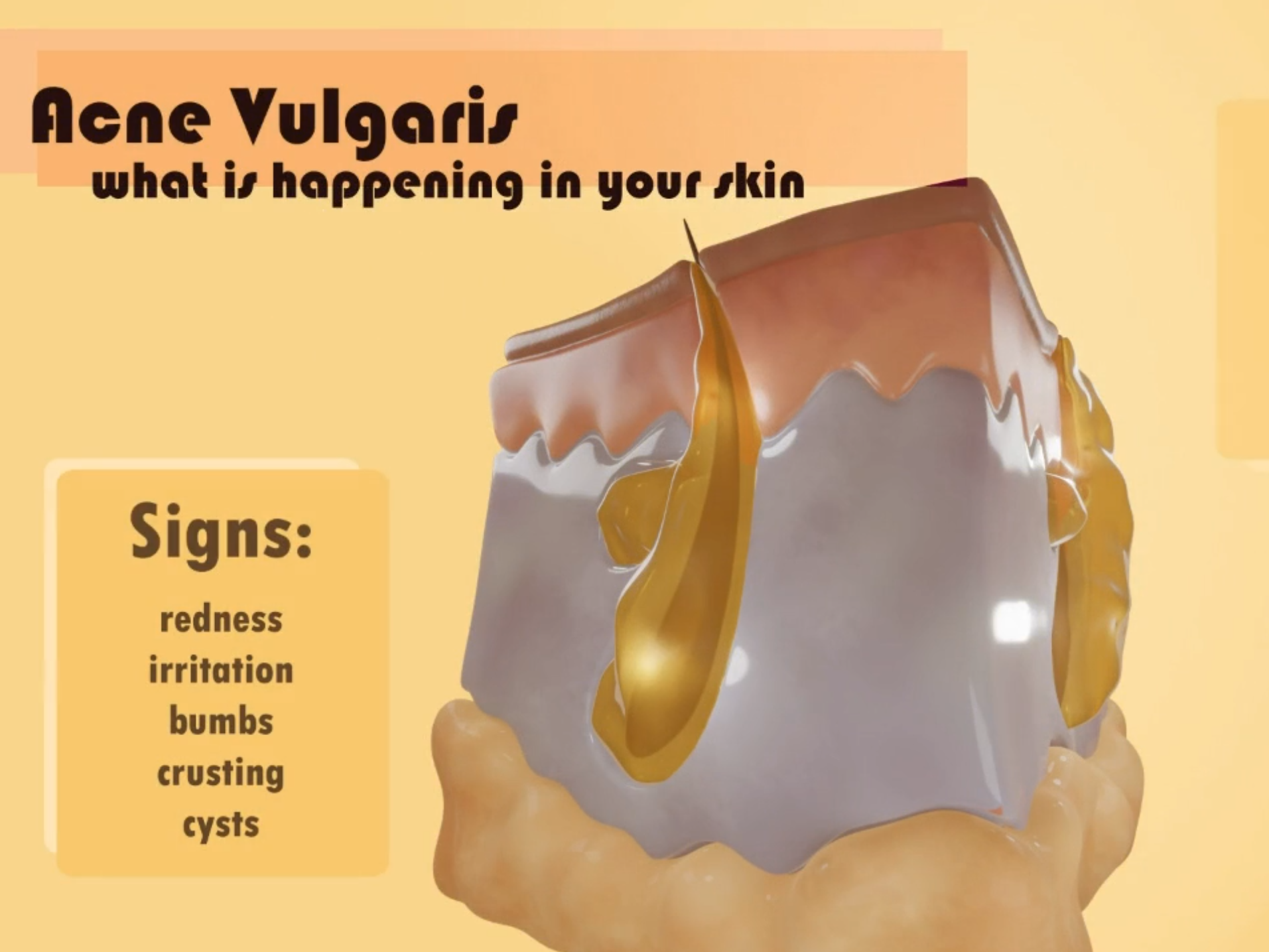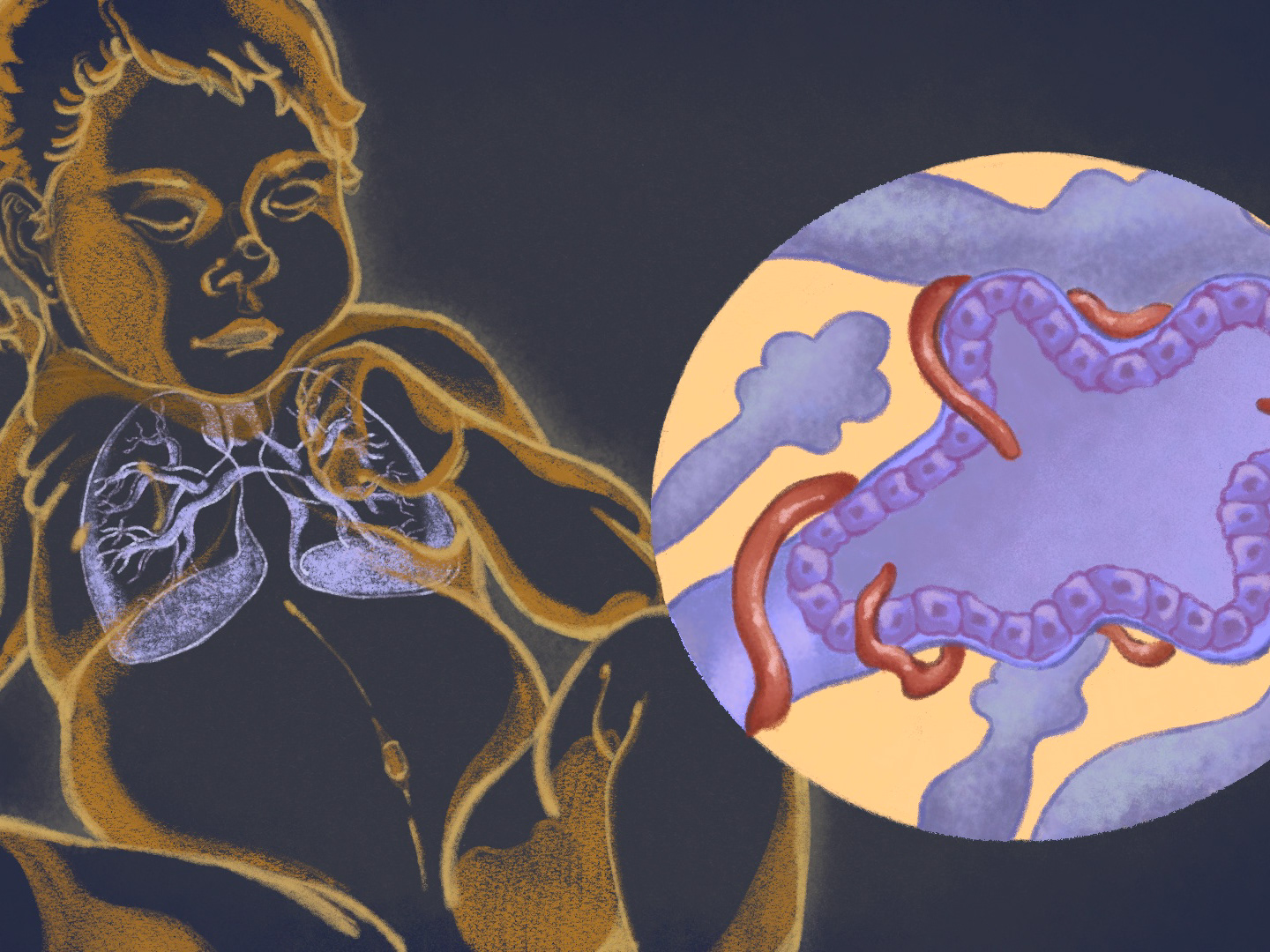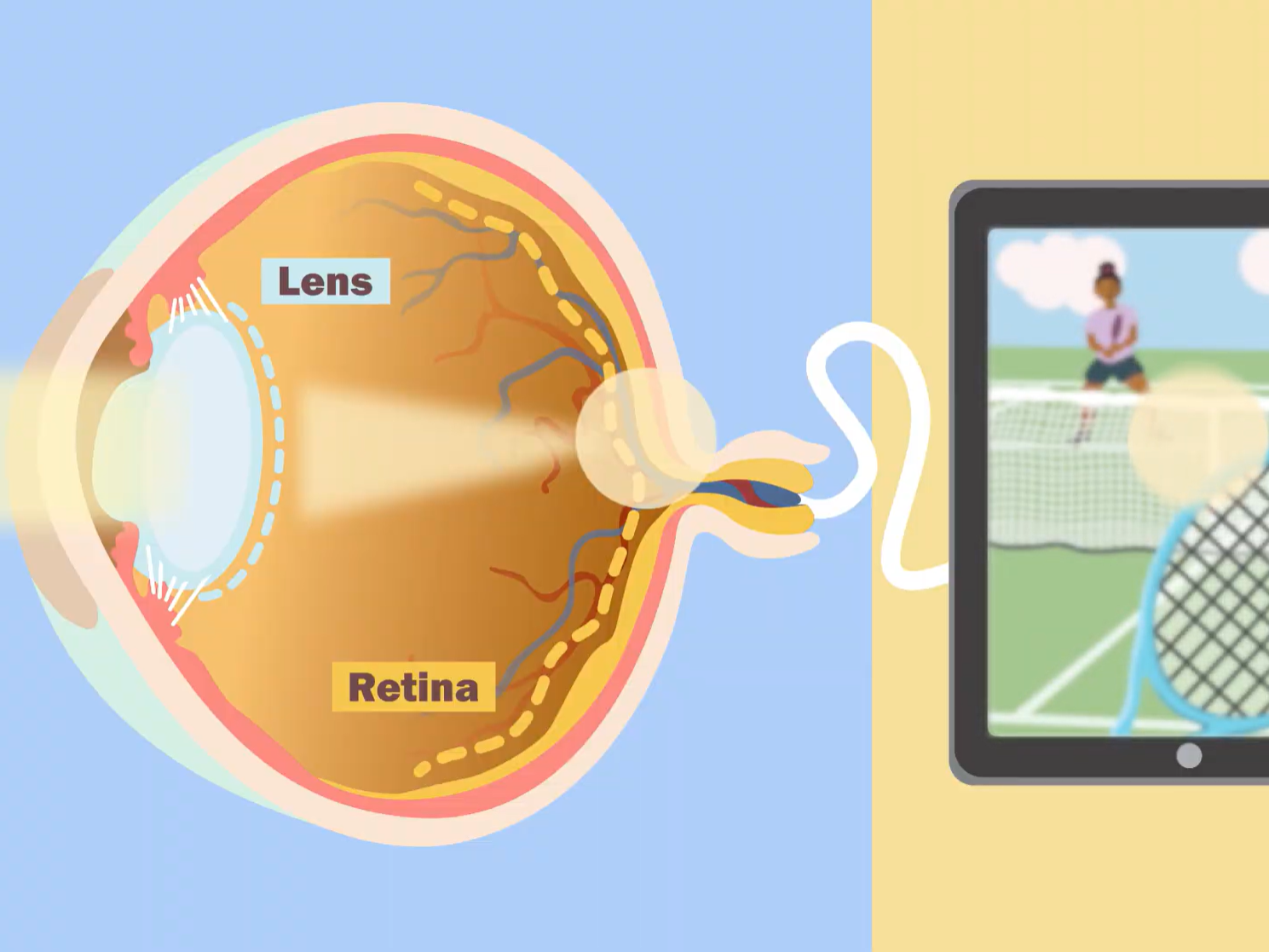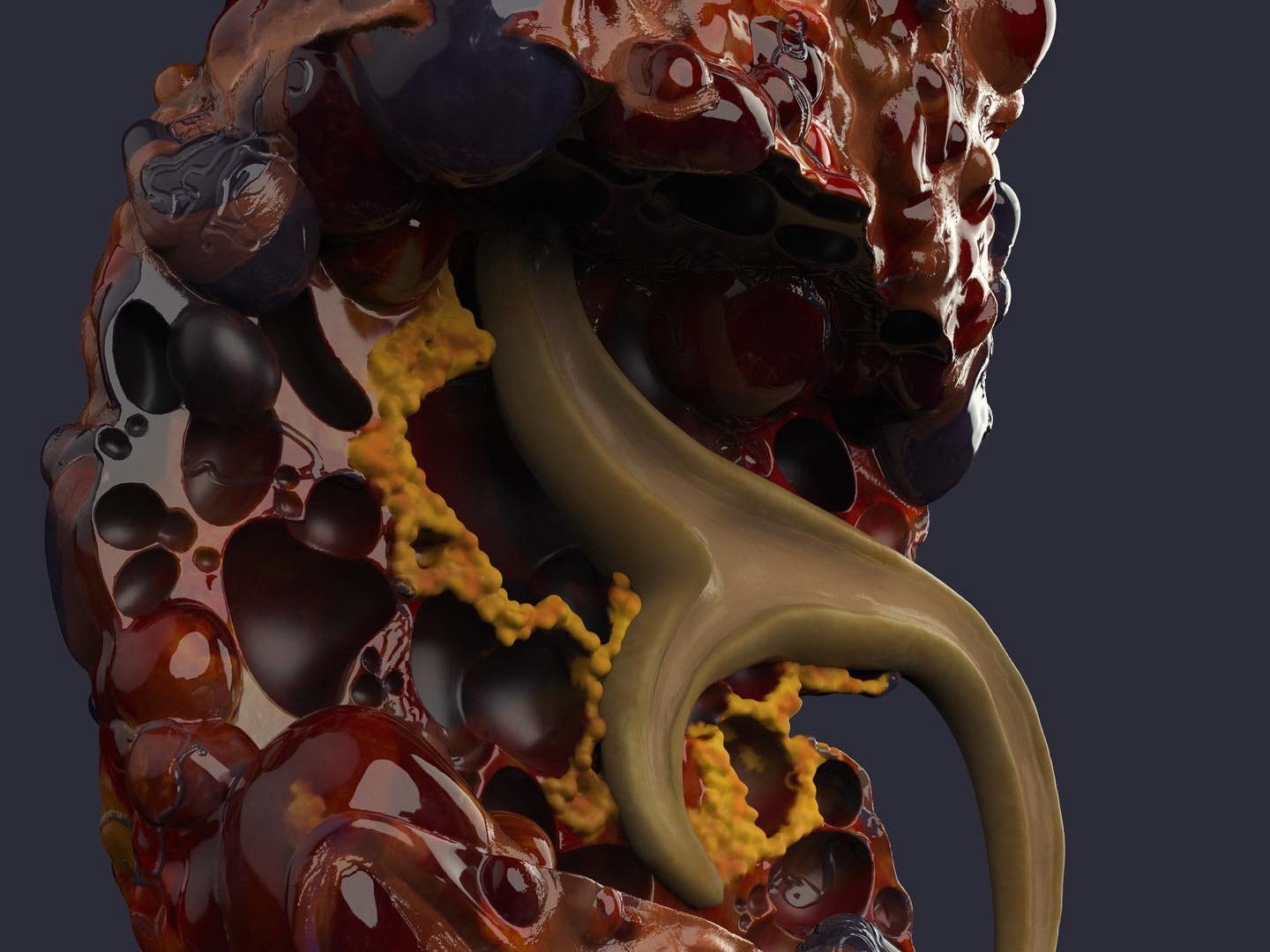Purpose:
To create accurate, anatomically detailed 3D models of the cervical spine and brachial plexus that illustrate the various types of nerve injuries sustained during brachial plexus trauma. Designed for integration into a medical-legal presentation, the models serve as an interactive resource to help juries understand the structure, function, and impact of these injuries. Rendered assets can also be repurposed for clinical education and patient communication.
To create accurate, anatomically detailed 3D models of the cervical spine and brachial plexus that illustrate the various types of nerve injuries sustained during brachial plexus trauma. Designed for integration into a medical-legal presentation, the models serve as an interactive resource to help juries understand the structure, function, and impact of these injuries. Rendered assets can also be repurposed for clinical education and patient communication.
Audience:
Primarily juries and legal professionals with limited medical background, needing a clear, visual explanation of complex anatomy and injury mechanisms. Secondary audiences include educators, students, and clinicians seeking reusable, high-quality anatomical visuals for teaching and communication.
Primarily juries and legal professionals with limited medical background, needing a clear, visual explanation of complex anatomy and injury mechanisms. Secondary audiences include educators, students, and clinicians seeking reusable, high-quality anatomical visuals for teaching and communication.
Key Skills:
3D Modeling · Medical Visualization · Anatomy Communication · Blender · Visual Storytelling · Cross-Platform Asset Development
3D Modeling · Medical Visualization · Anatomy Communication · Blender · Visual Storytelling · Cross-Platform Asset Development
Final Renders:
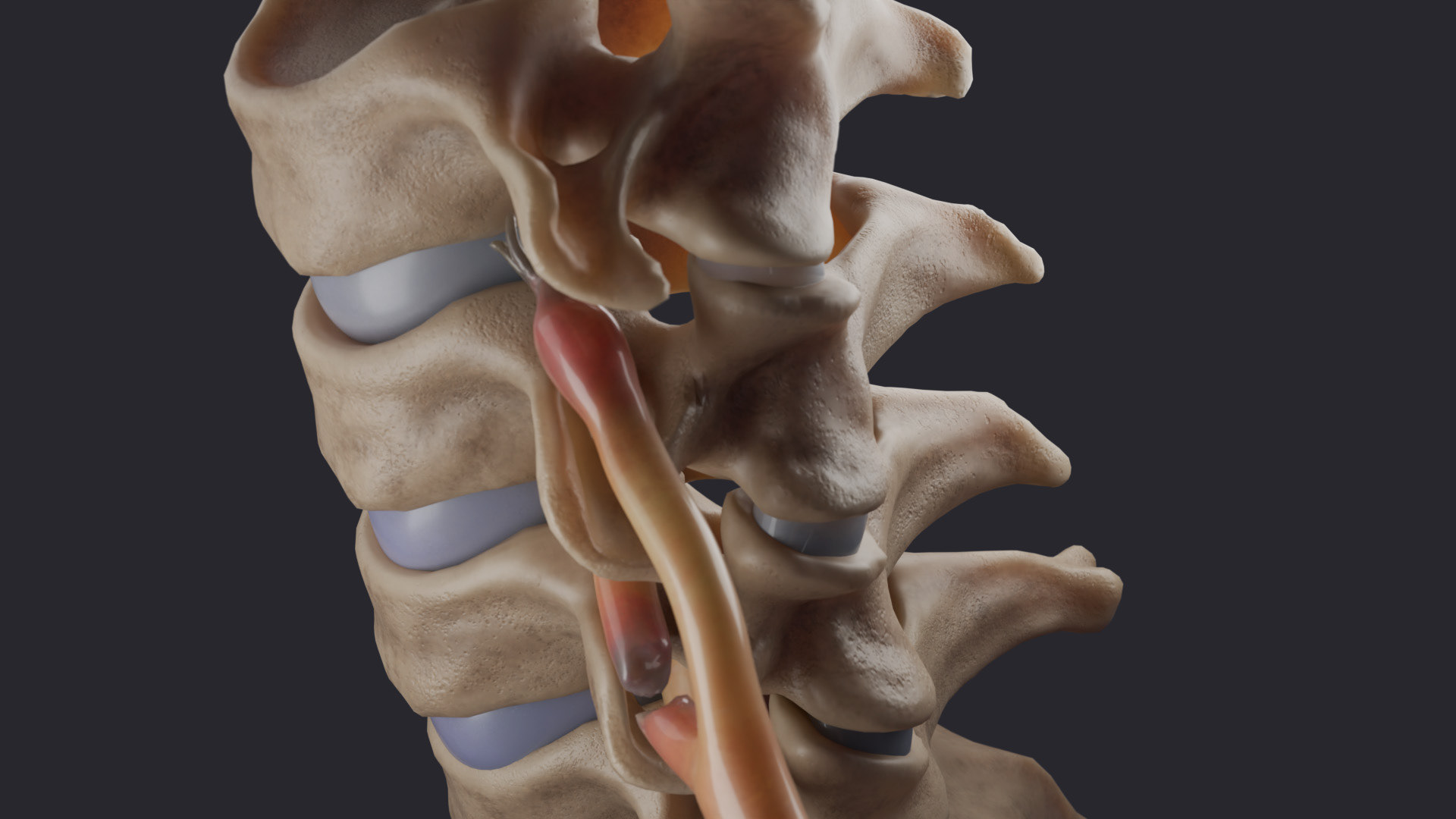
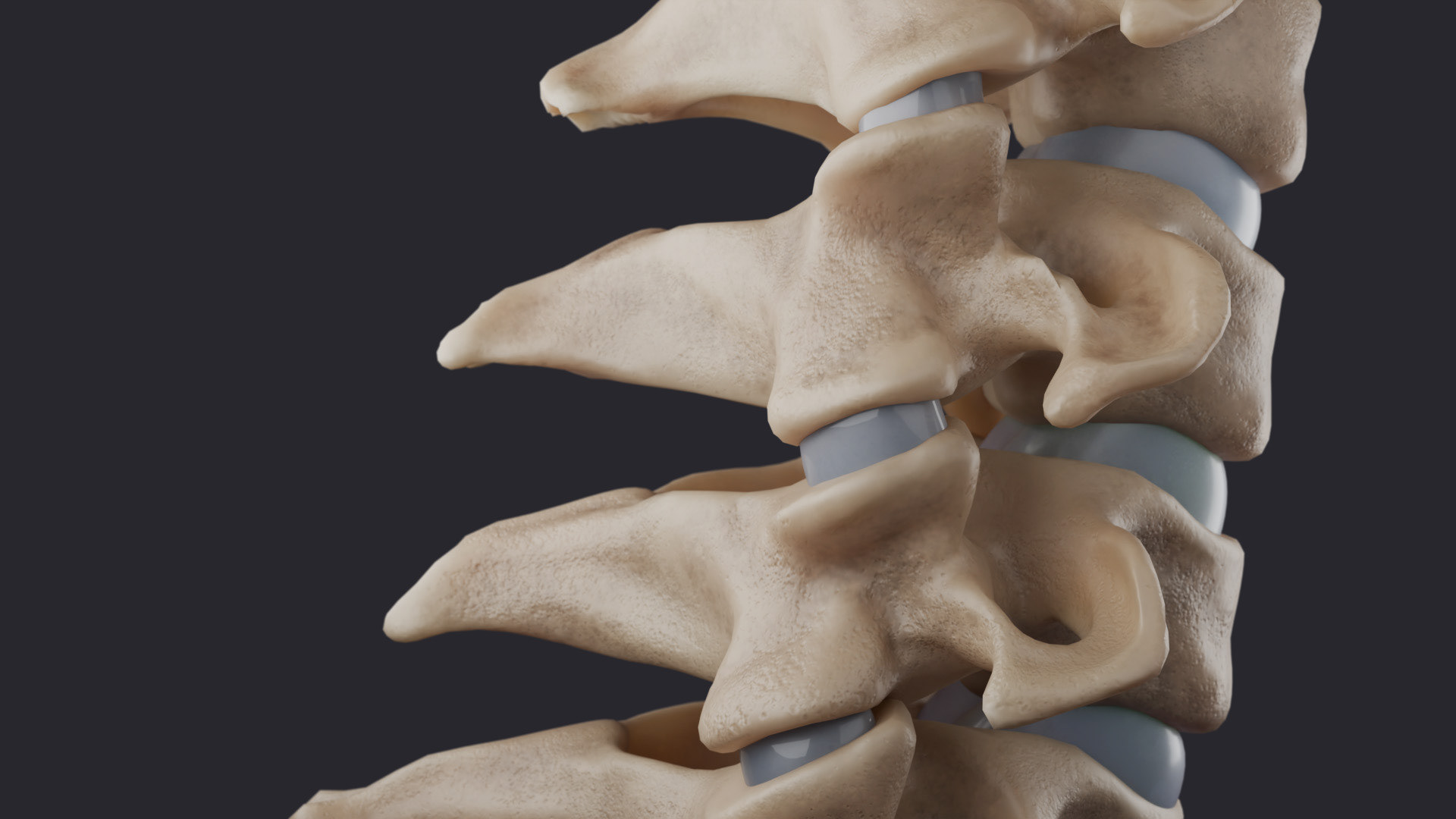
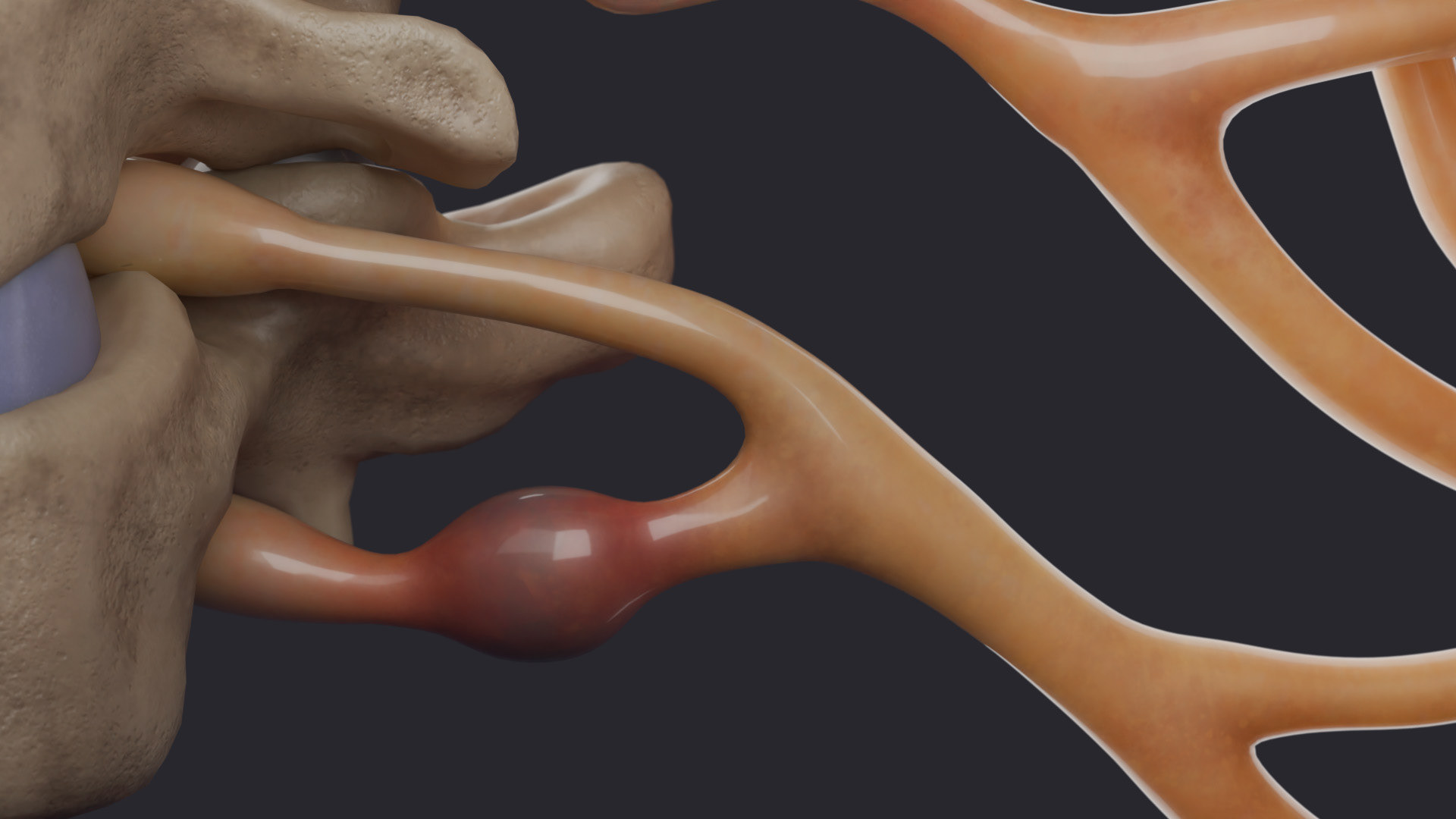
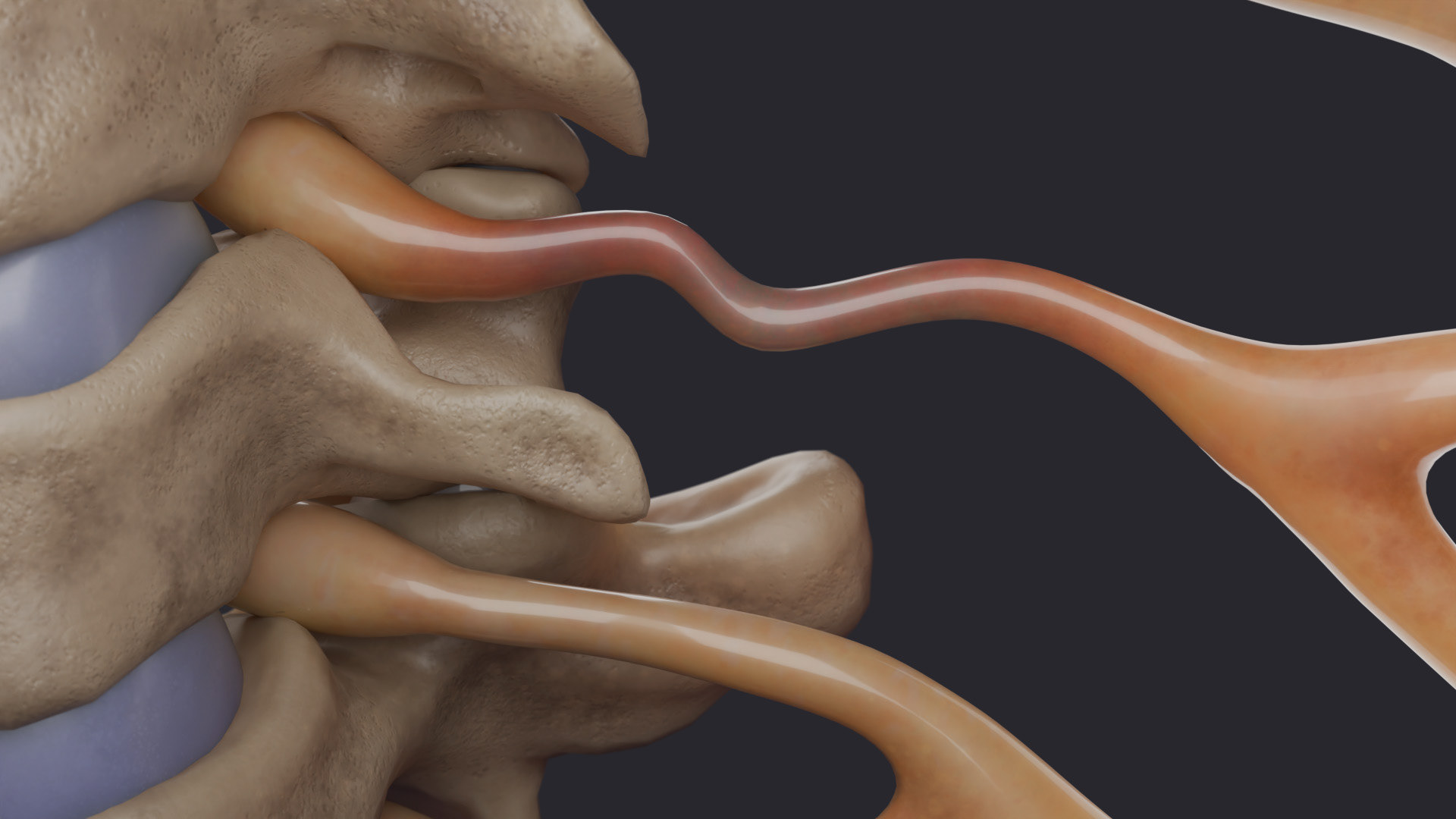
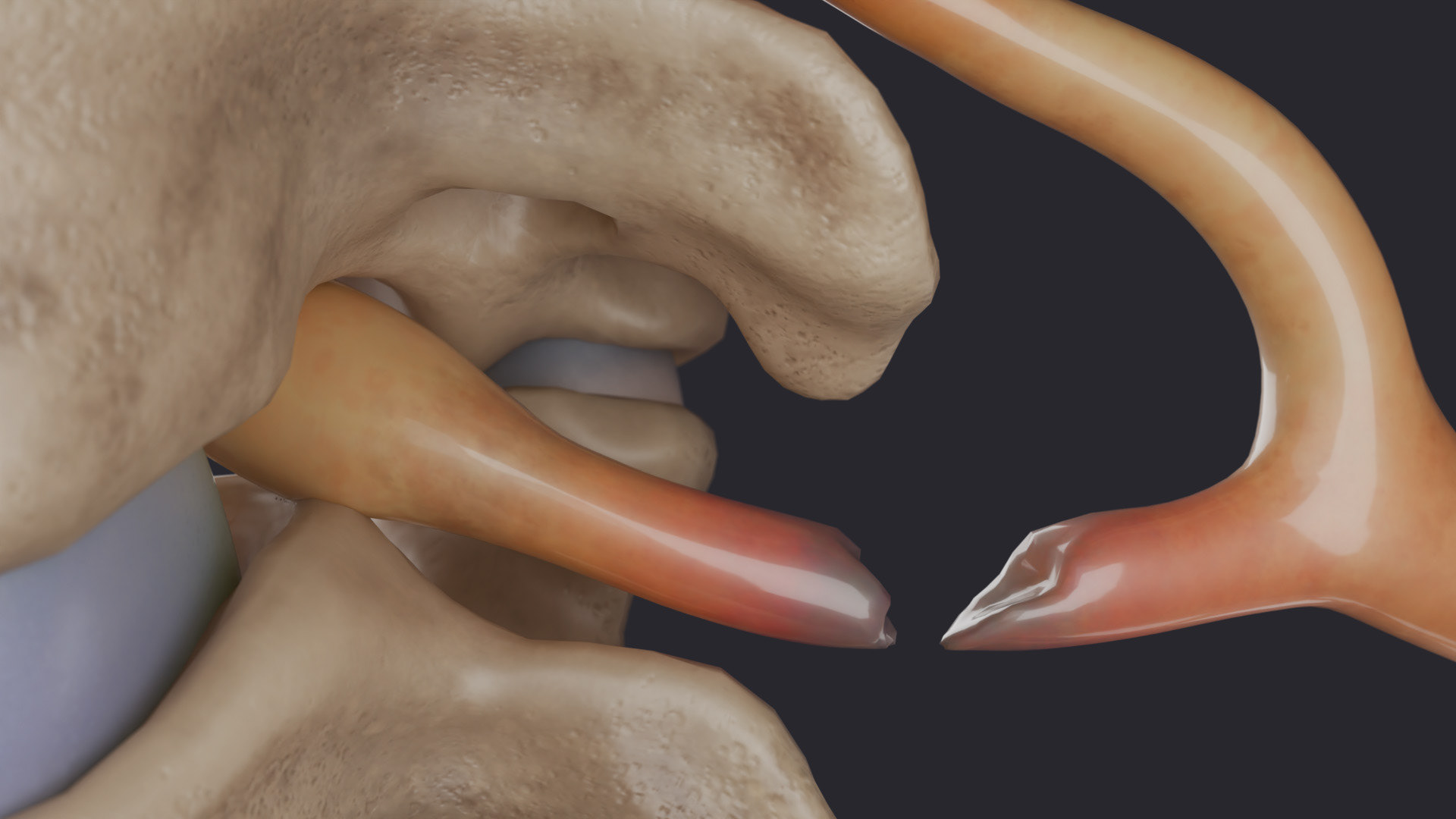
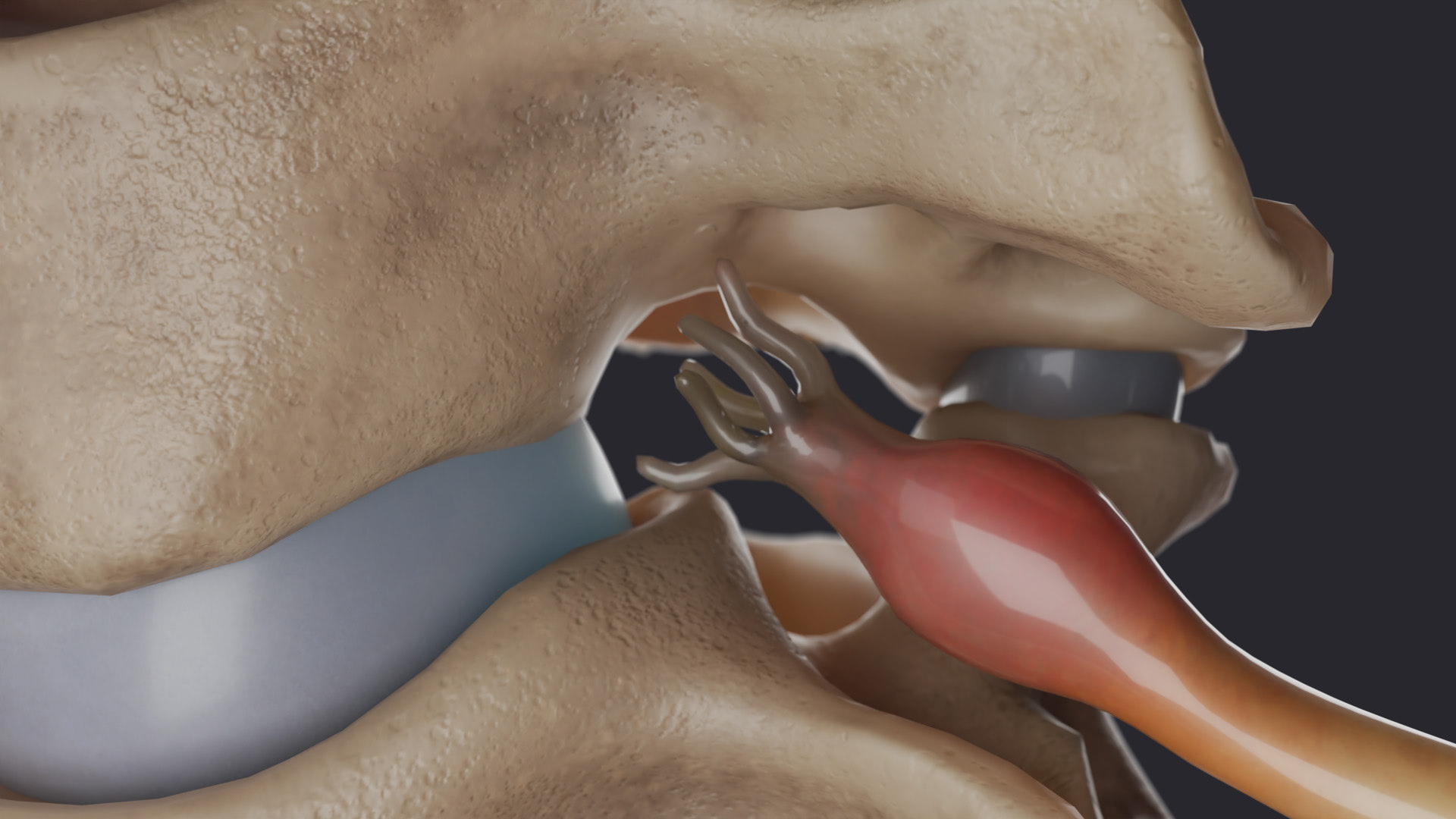
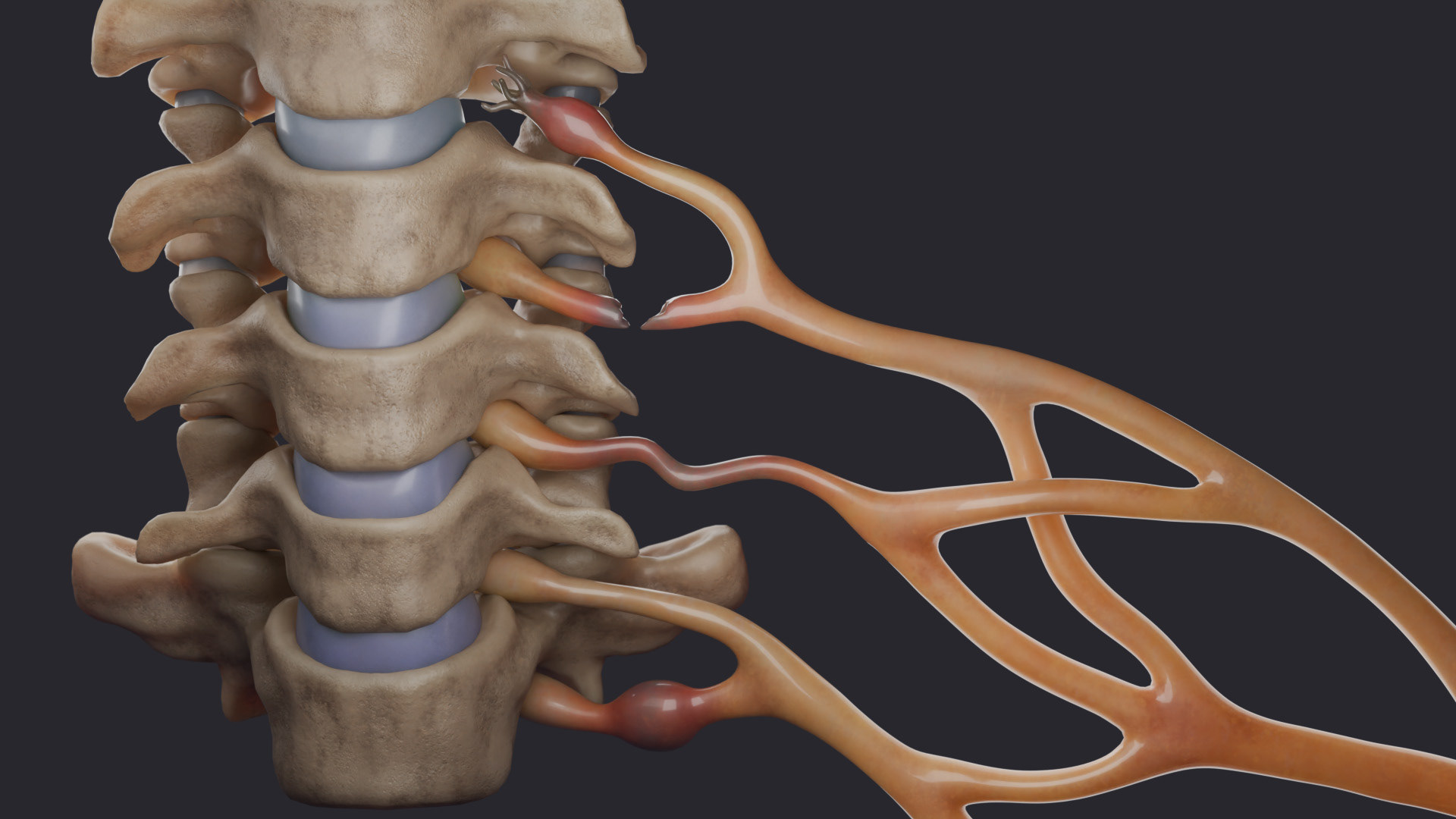
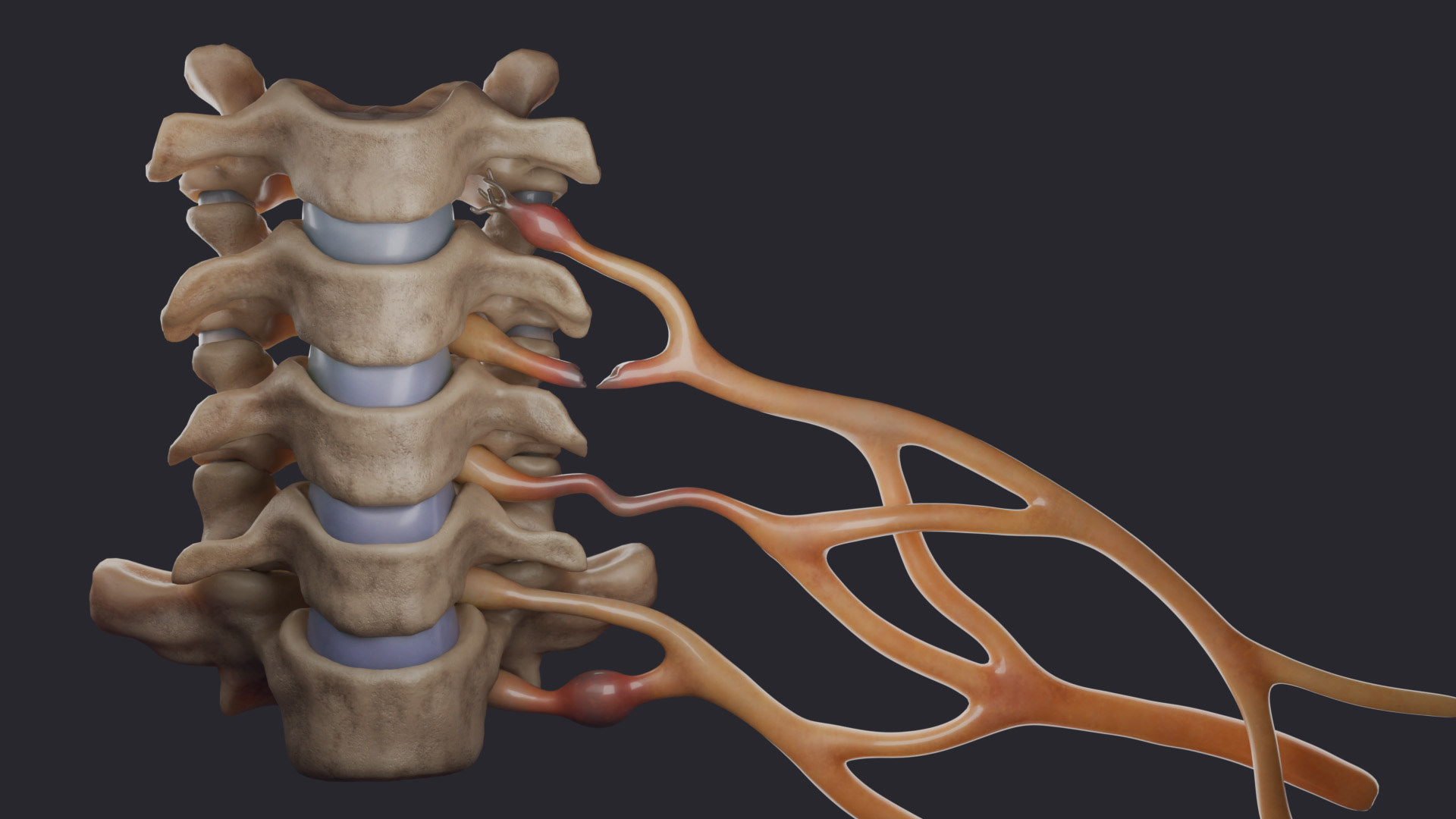
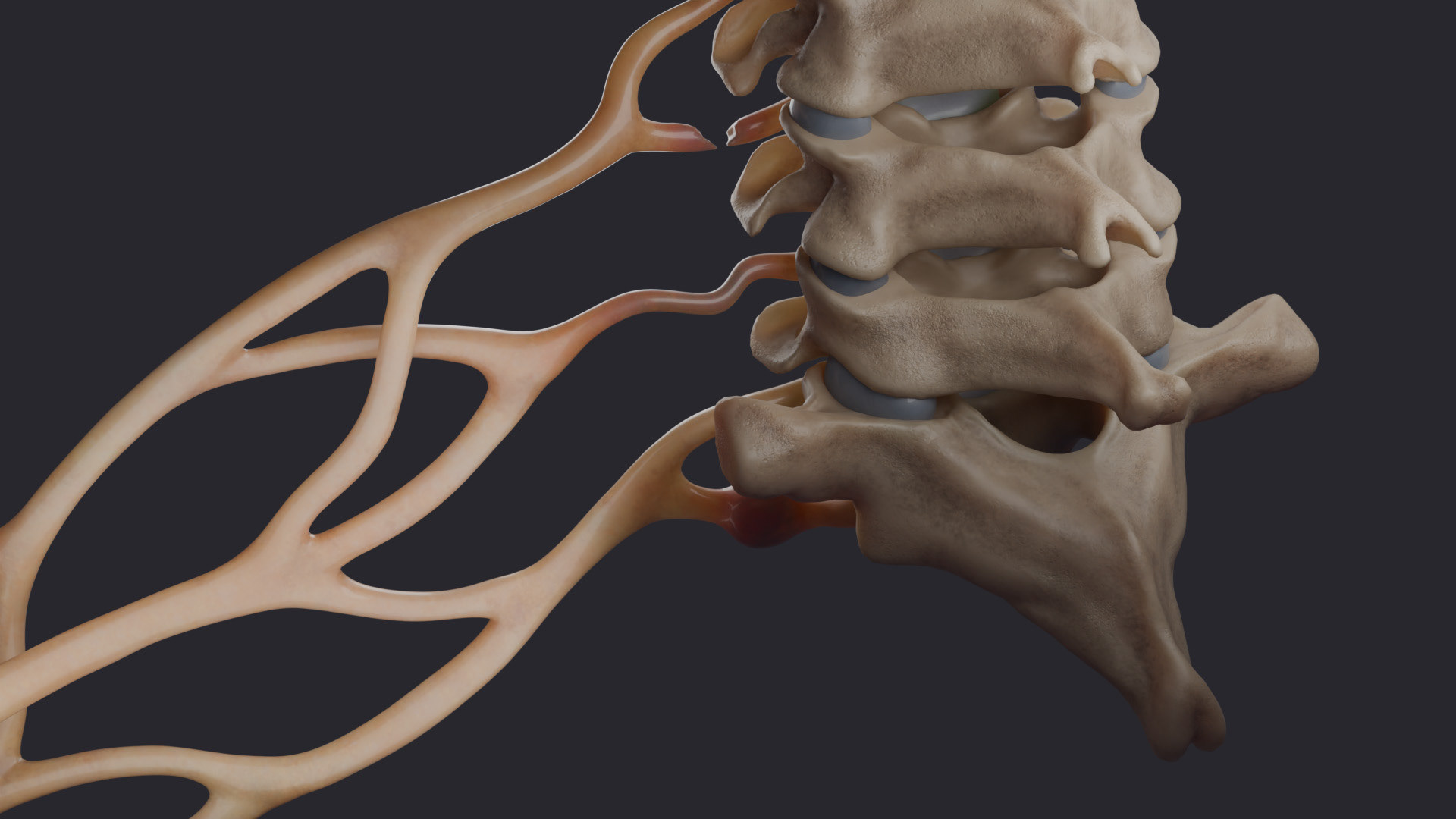
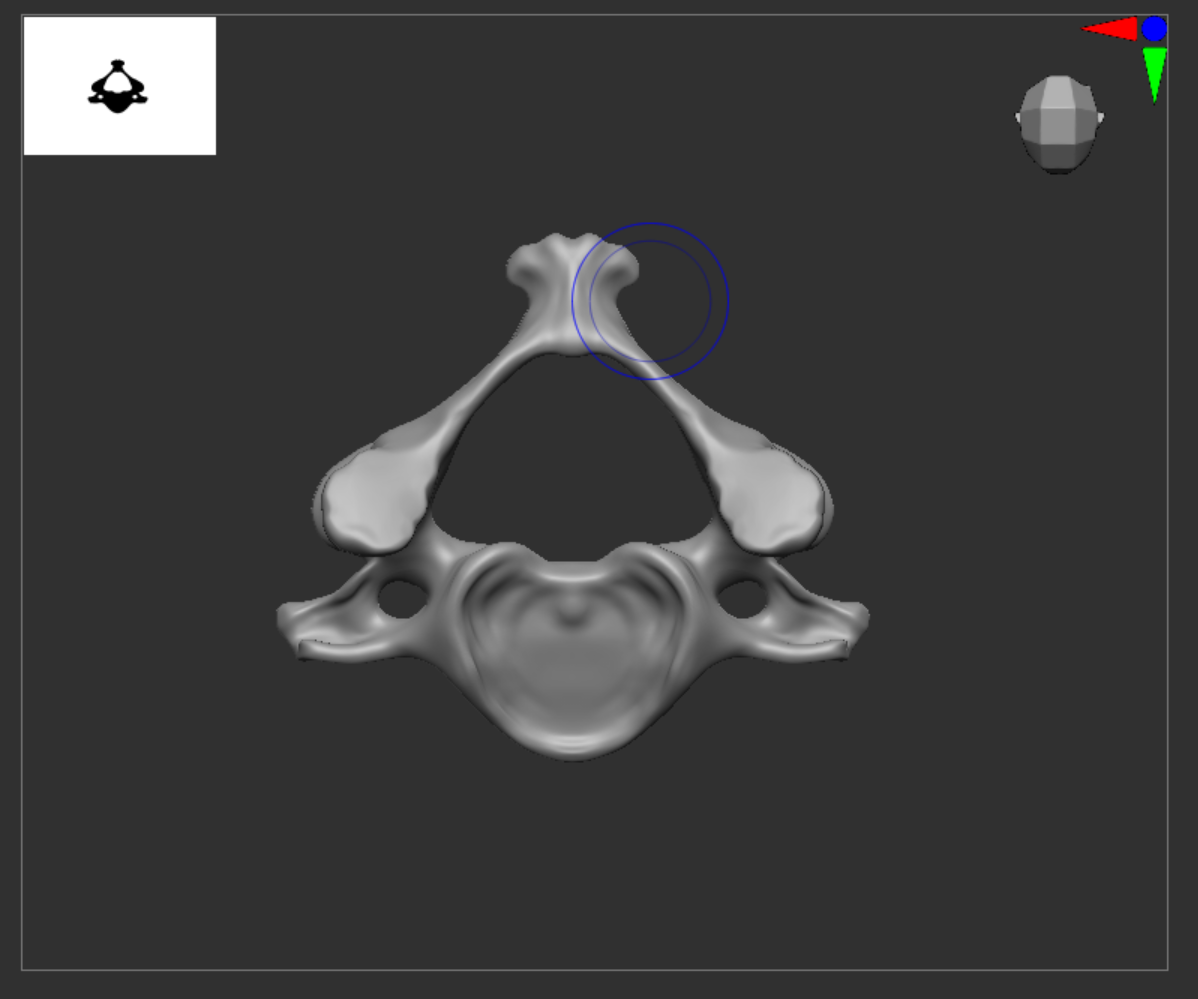
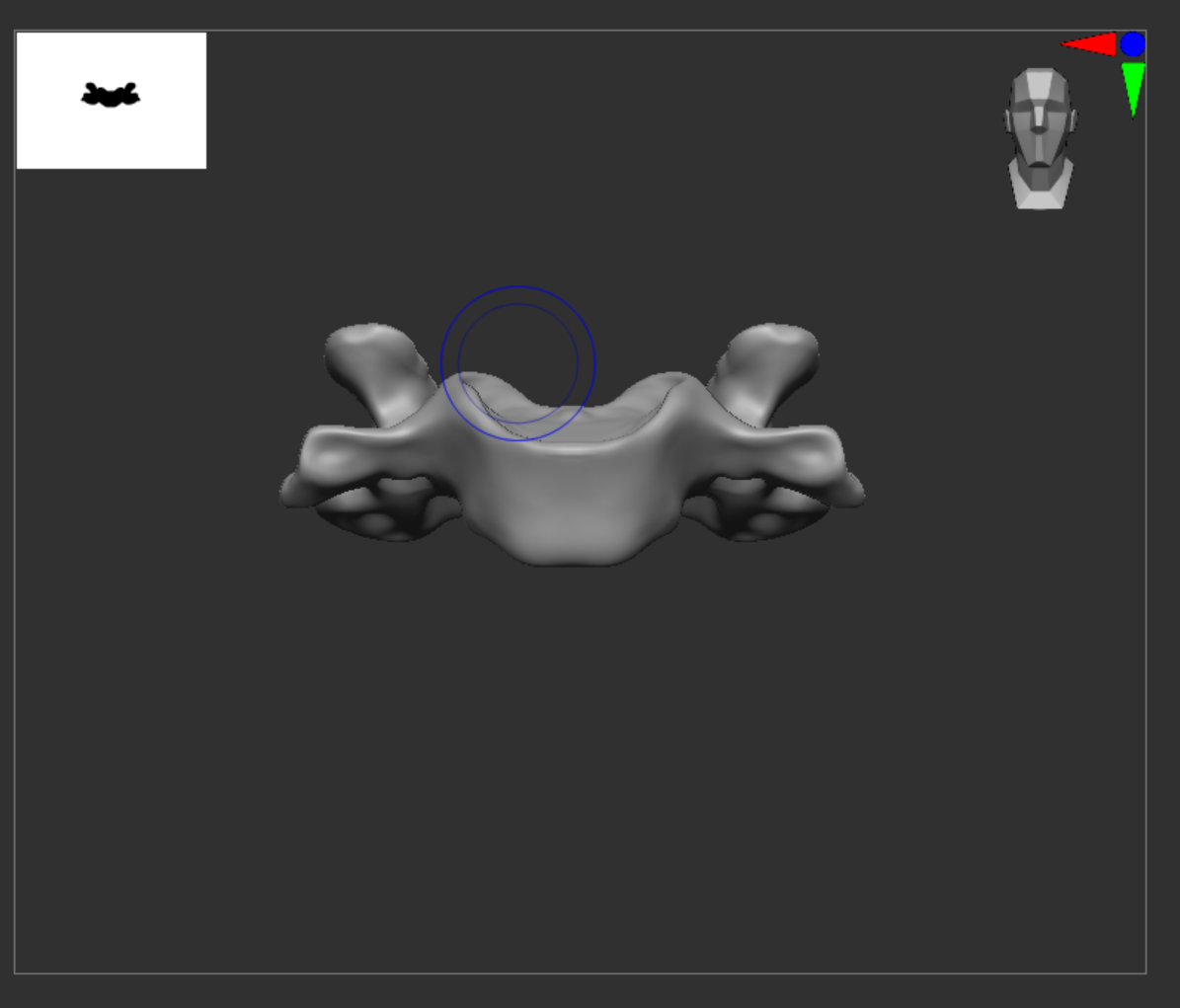
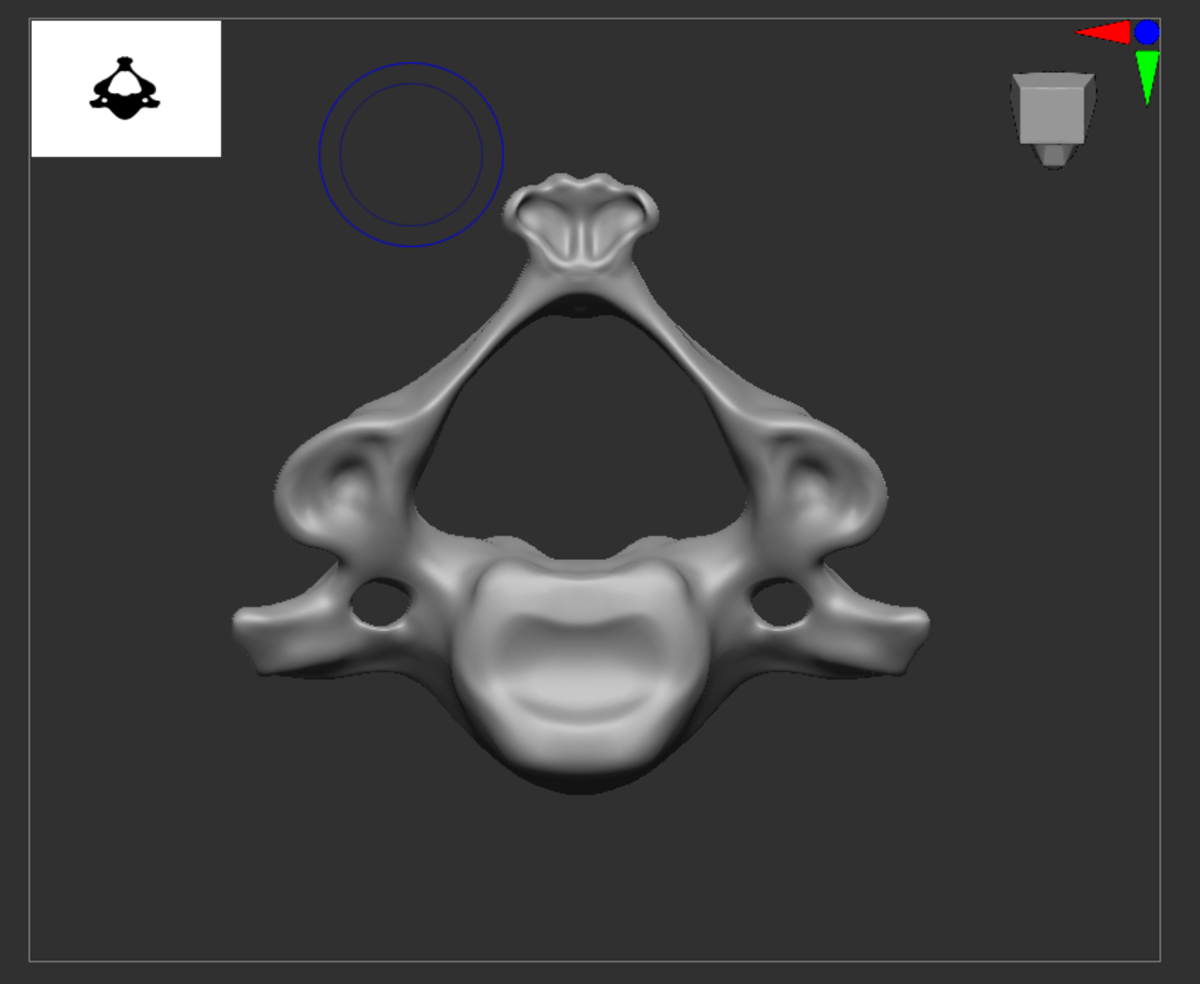
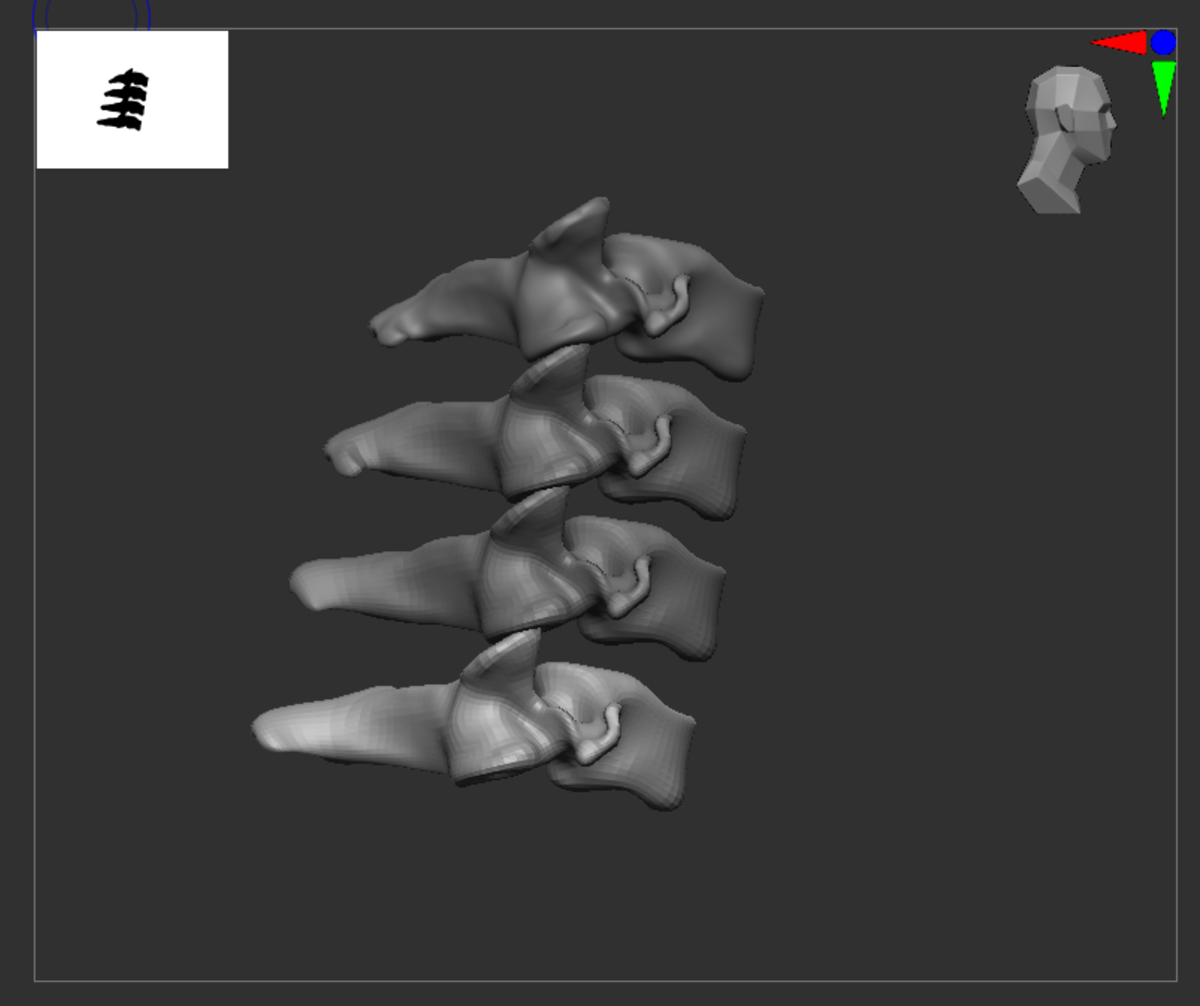
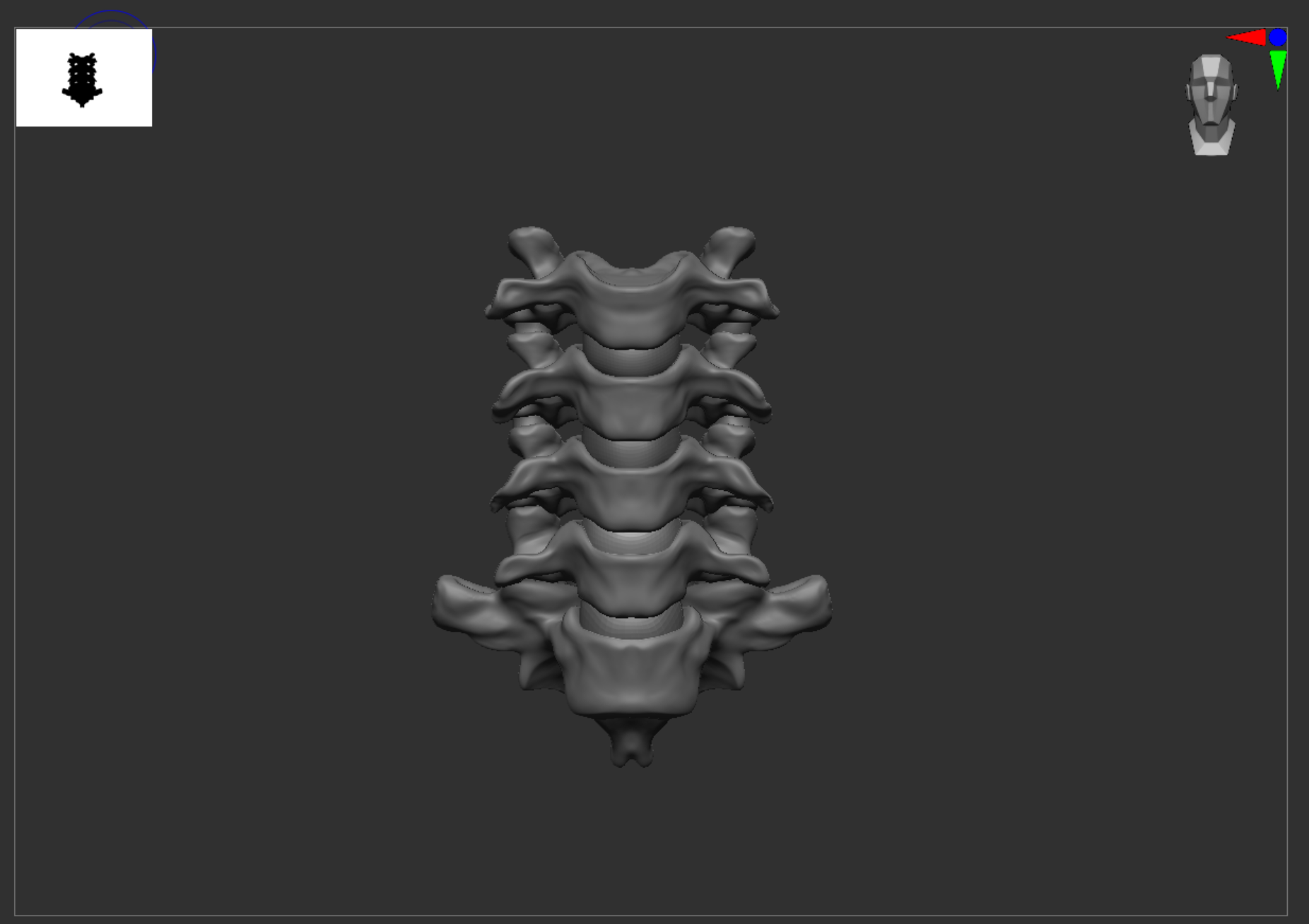
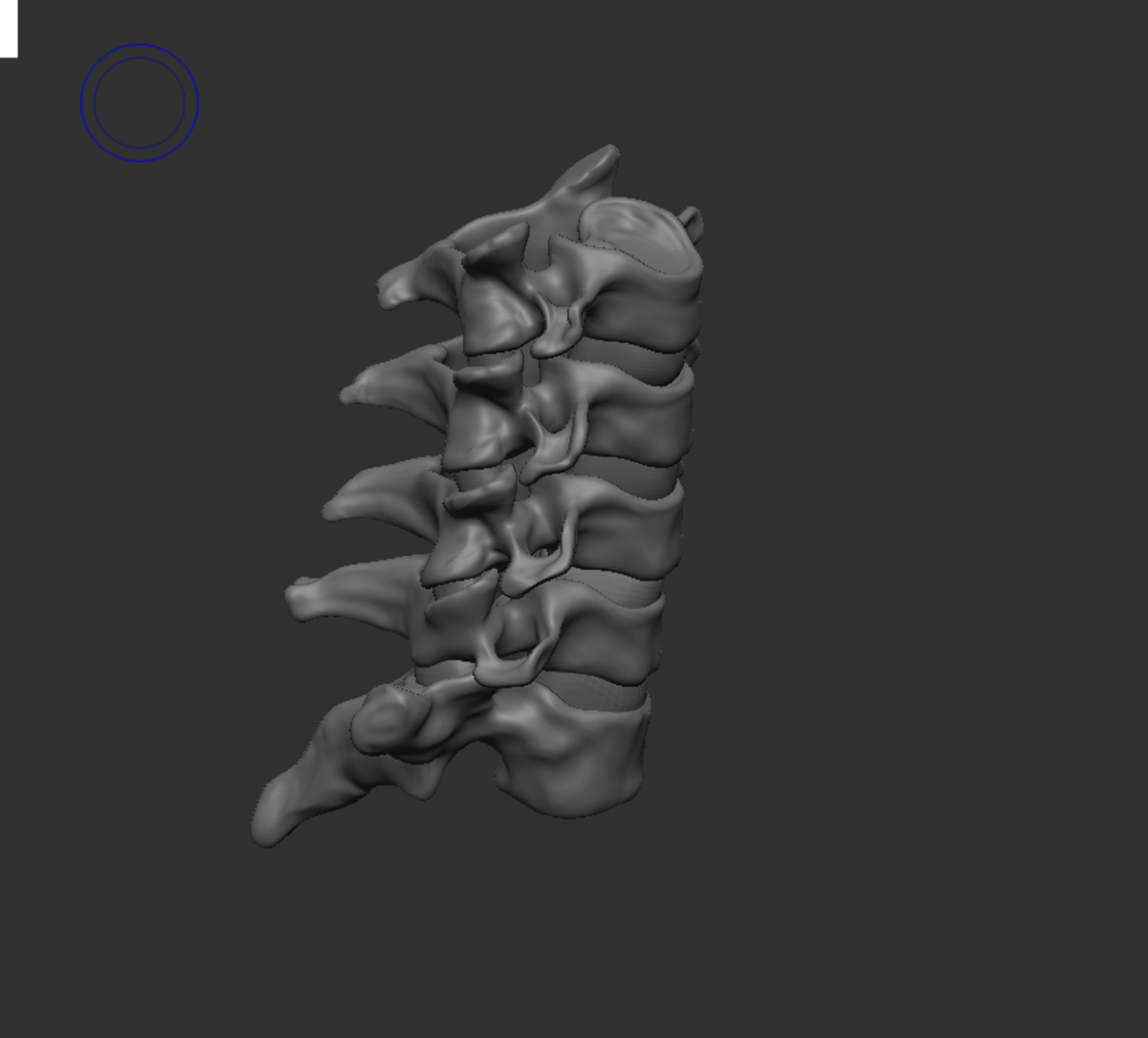
Modeling Proccess:
The cervical spine and brachial plexus were meticulously sculpted in ZBrush, using a combination of anatomical texts, peer-reviewed medical imagery, and surgical references to ensure accuracy. I focused on replicating the complex branching patterns of the nerves and the structural detail of the vertebrae to support both clarity and realism. The models were optimized for rendering and interactive use, making them versatile for legal, educational, and clinical applications.
Optimization and UV Unwrap:
After sculpting in ZBrush, I imported the models into Blender where I optimized the topology for real-time rendering, preparing them for interactive use in a courtroom or educational setting. I performed retopology to ensure clean geometry, then UV unwrapped the models to allow for precise, high-resolution texturing. This pipeline ensured the anatomical accuracy of the original sculpt was preserved while making the assets lightweight, responsive, and ready for integration into interactive platforms.
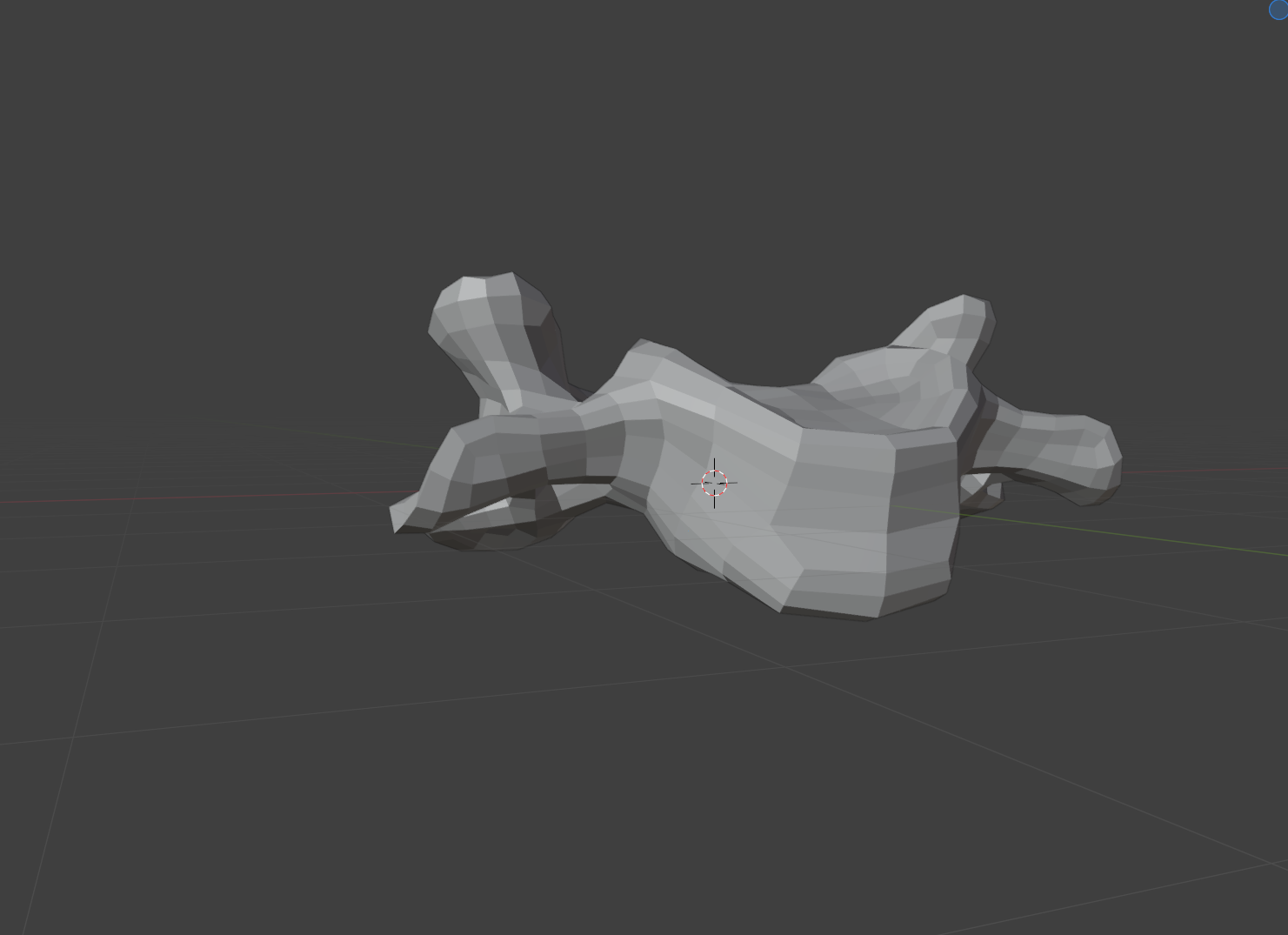
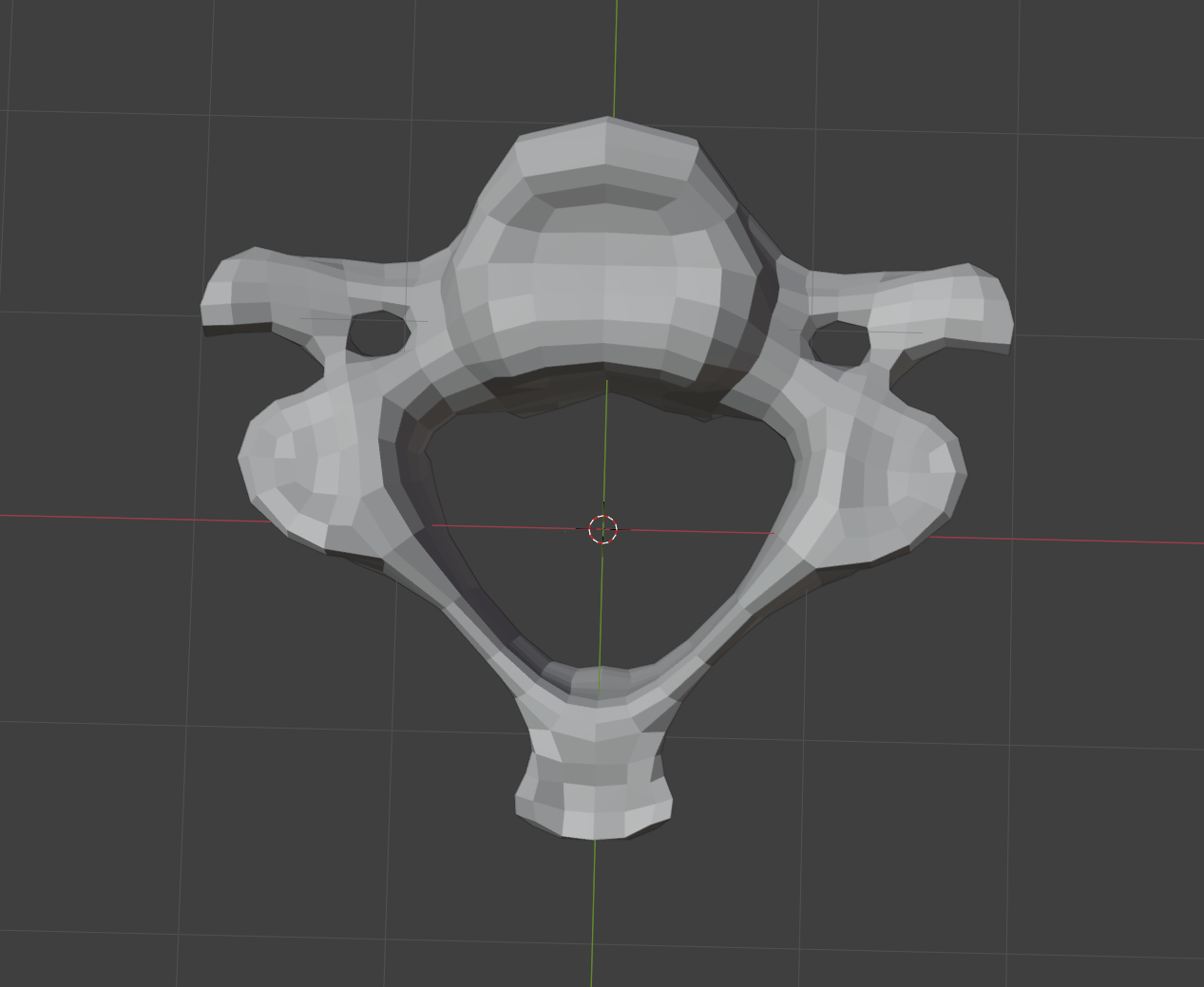
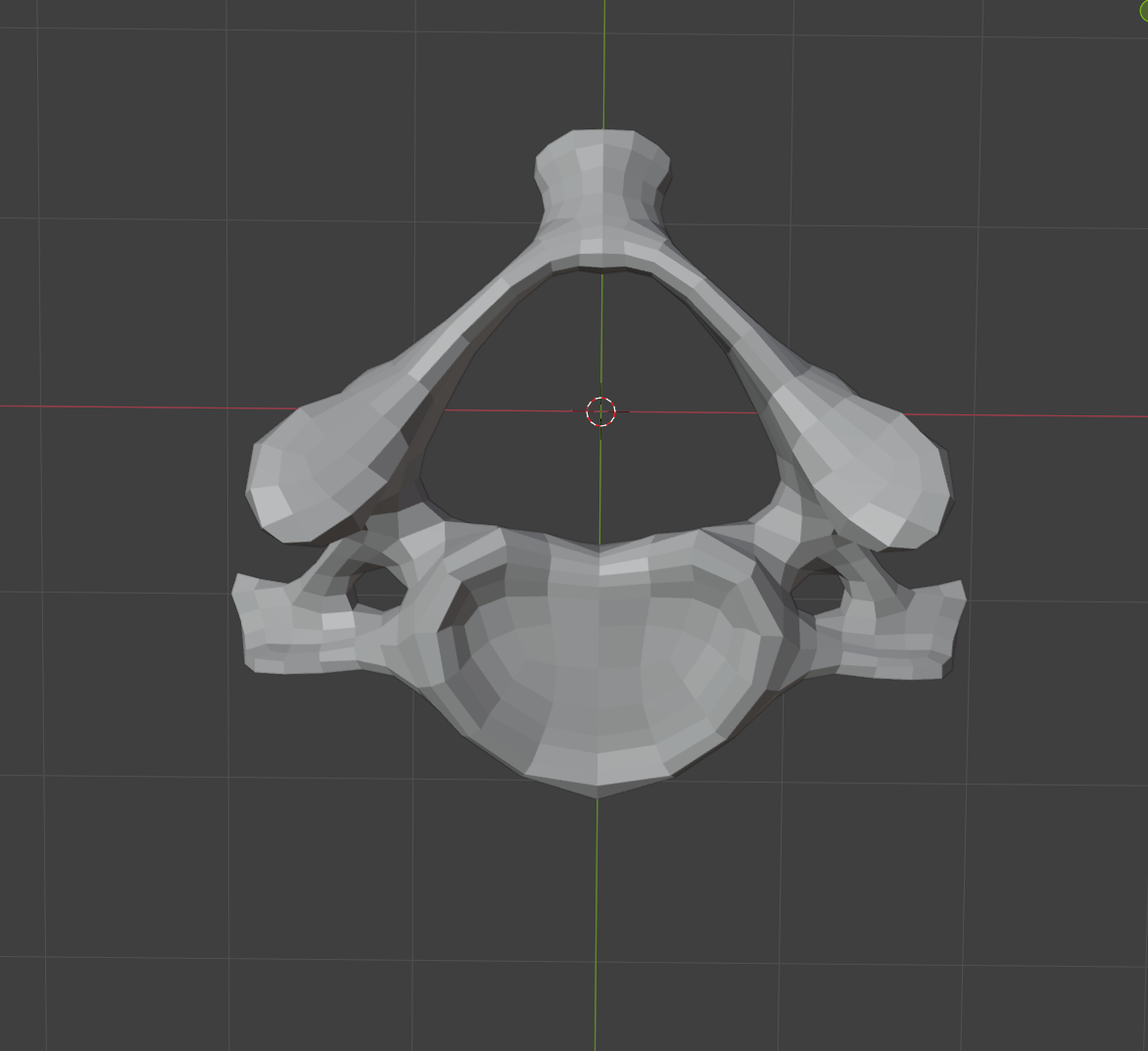
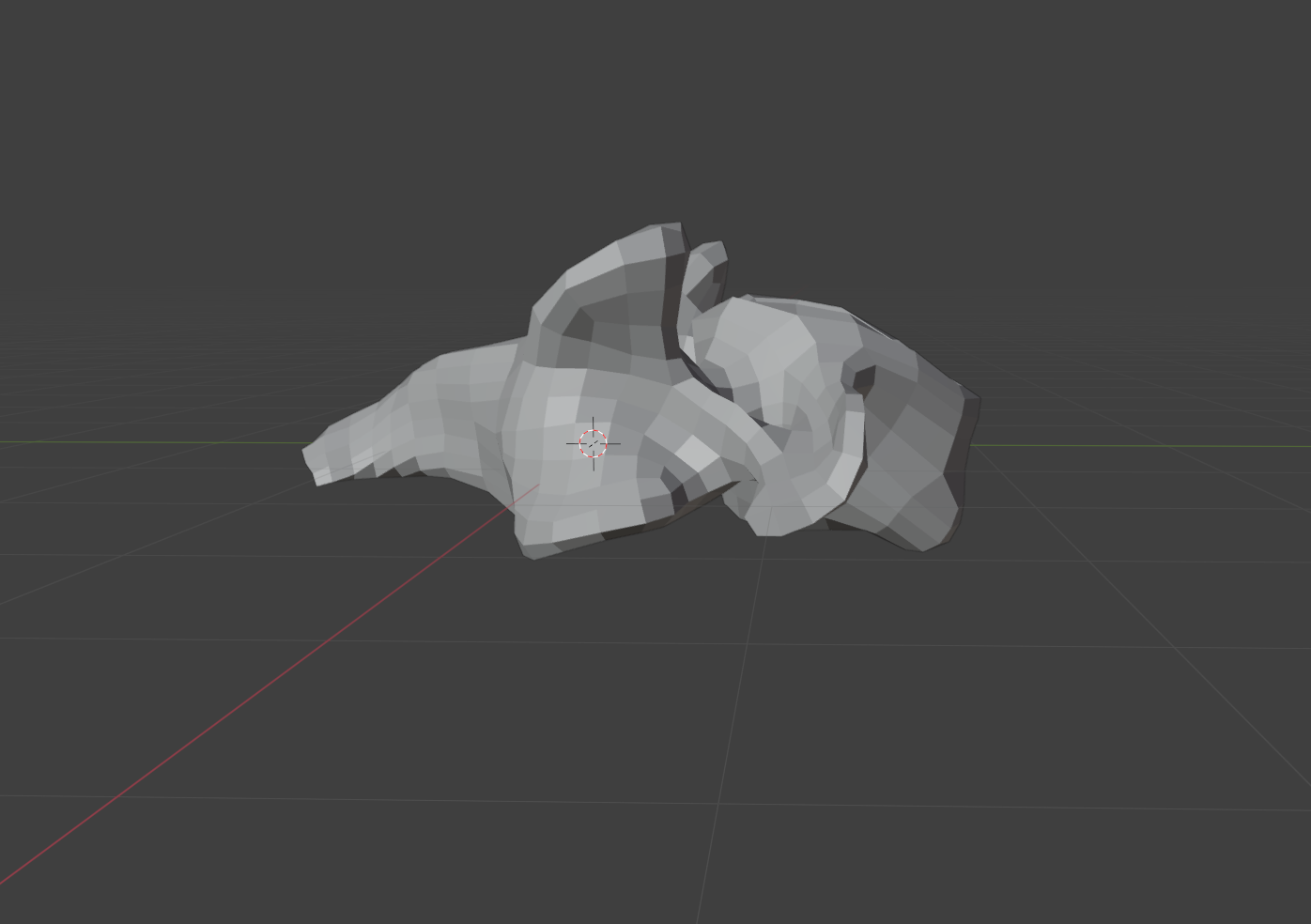
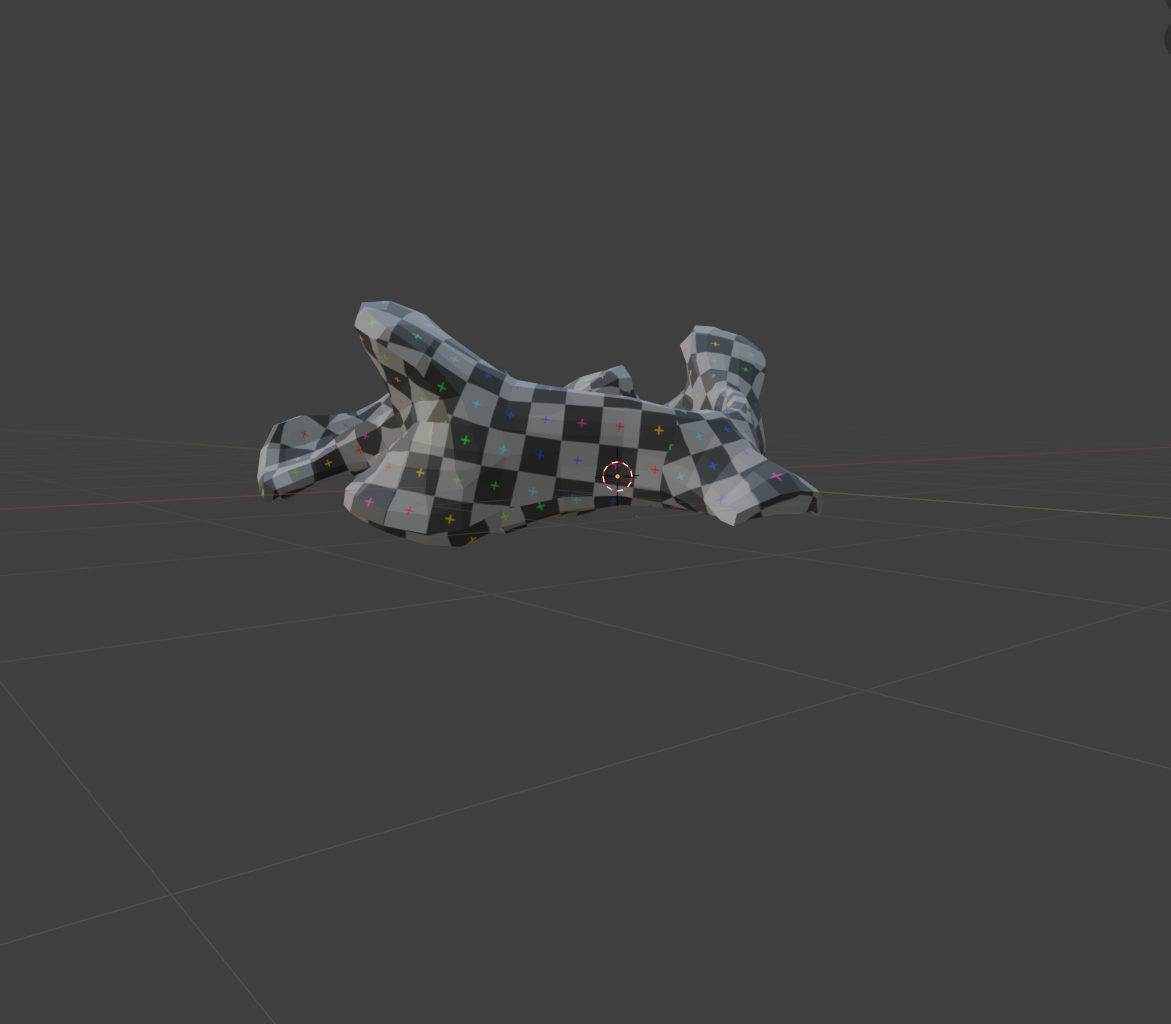
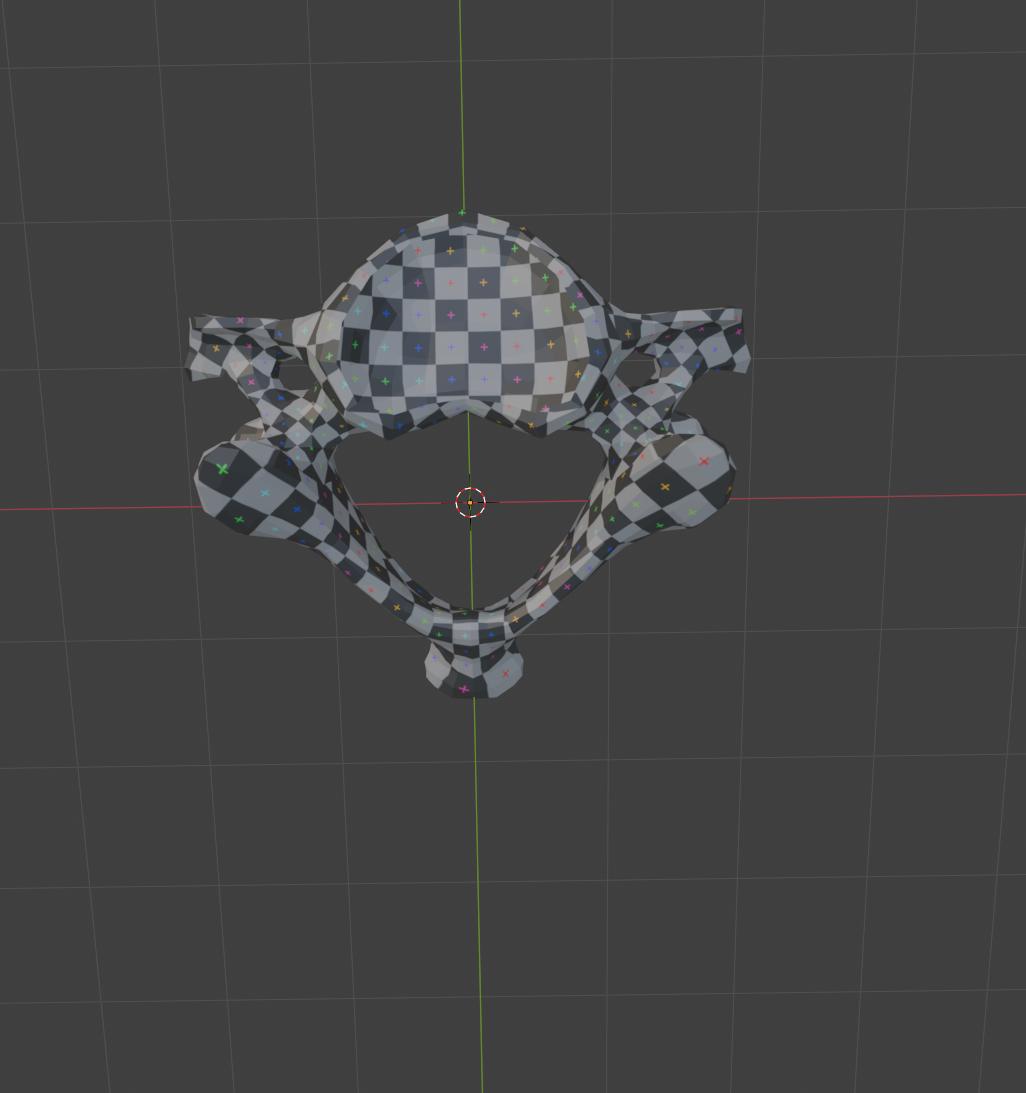
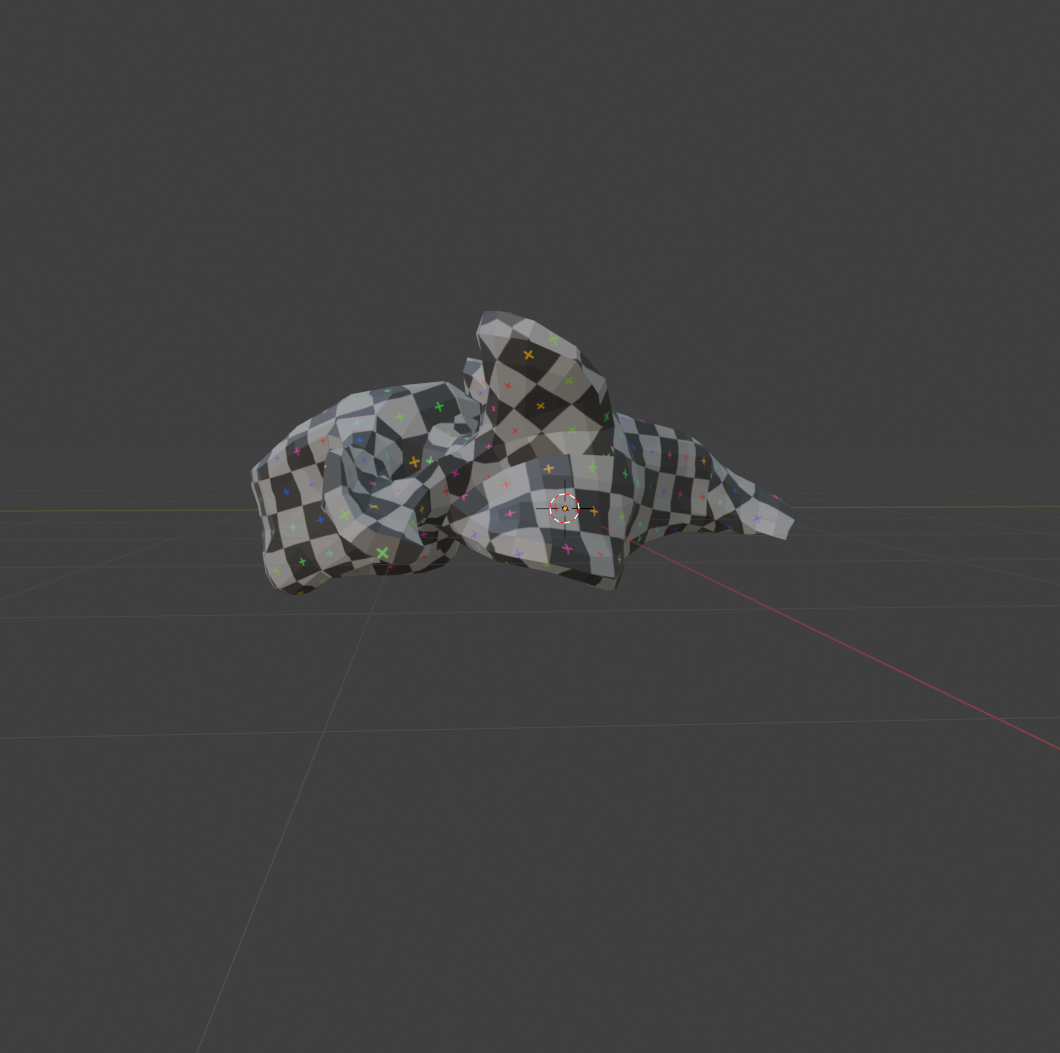
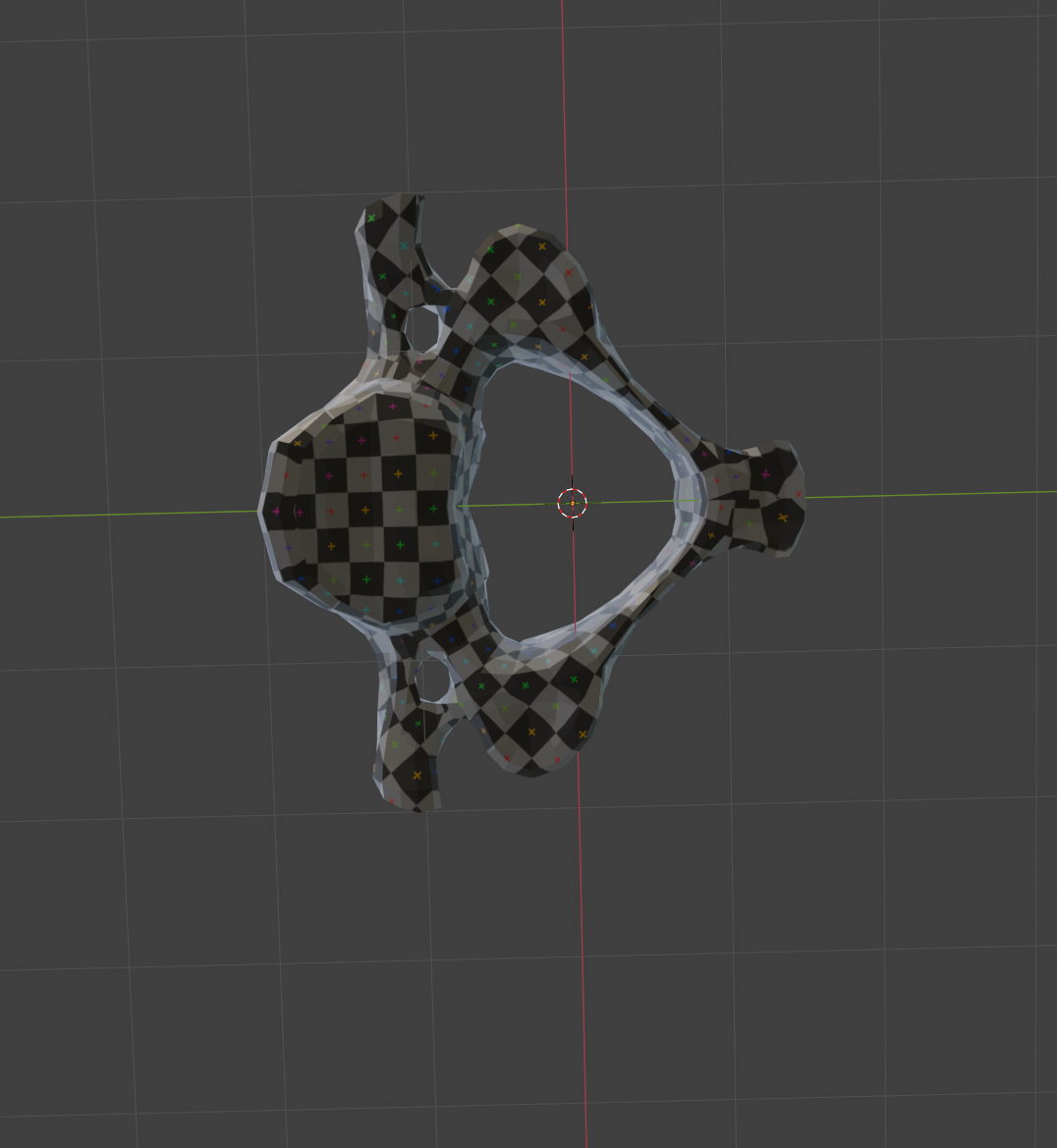
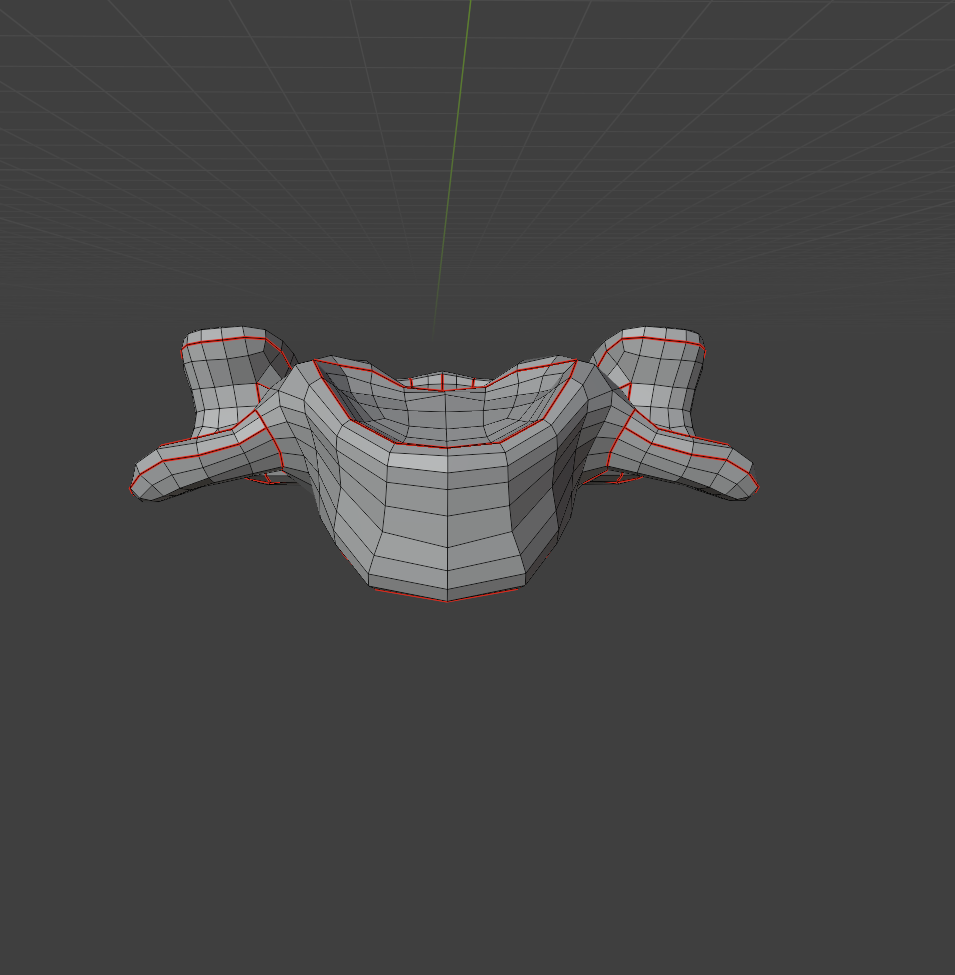
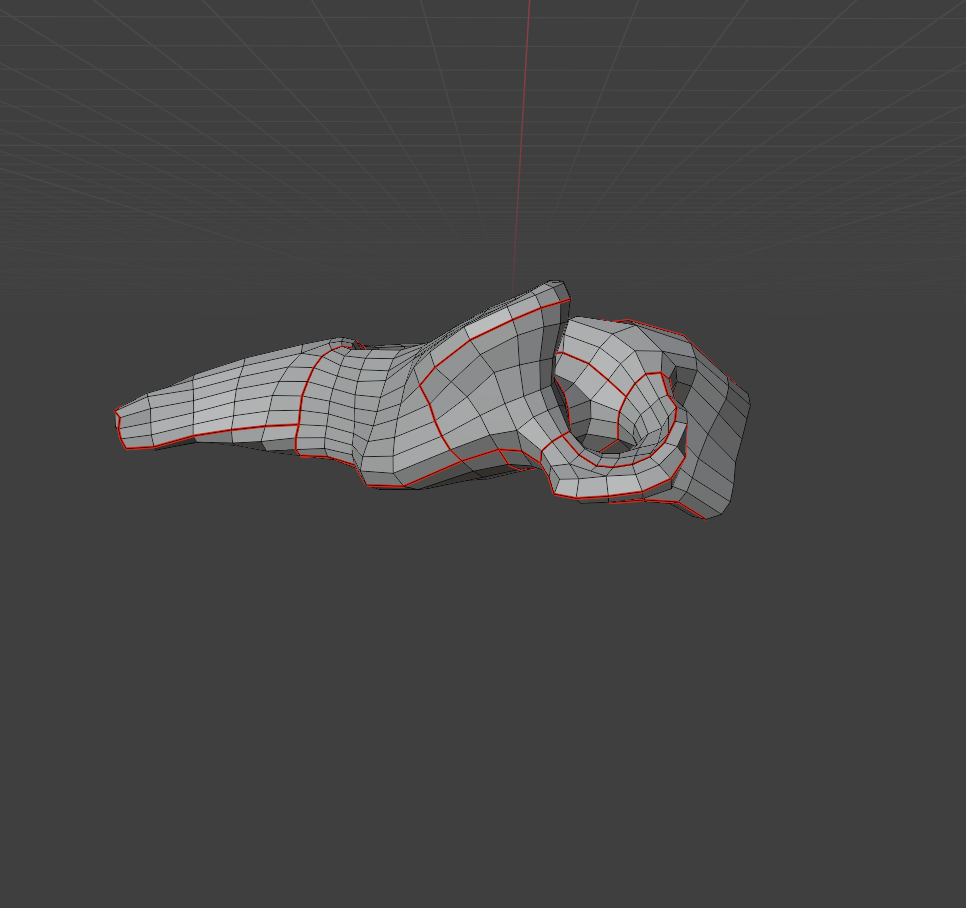
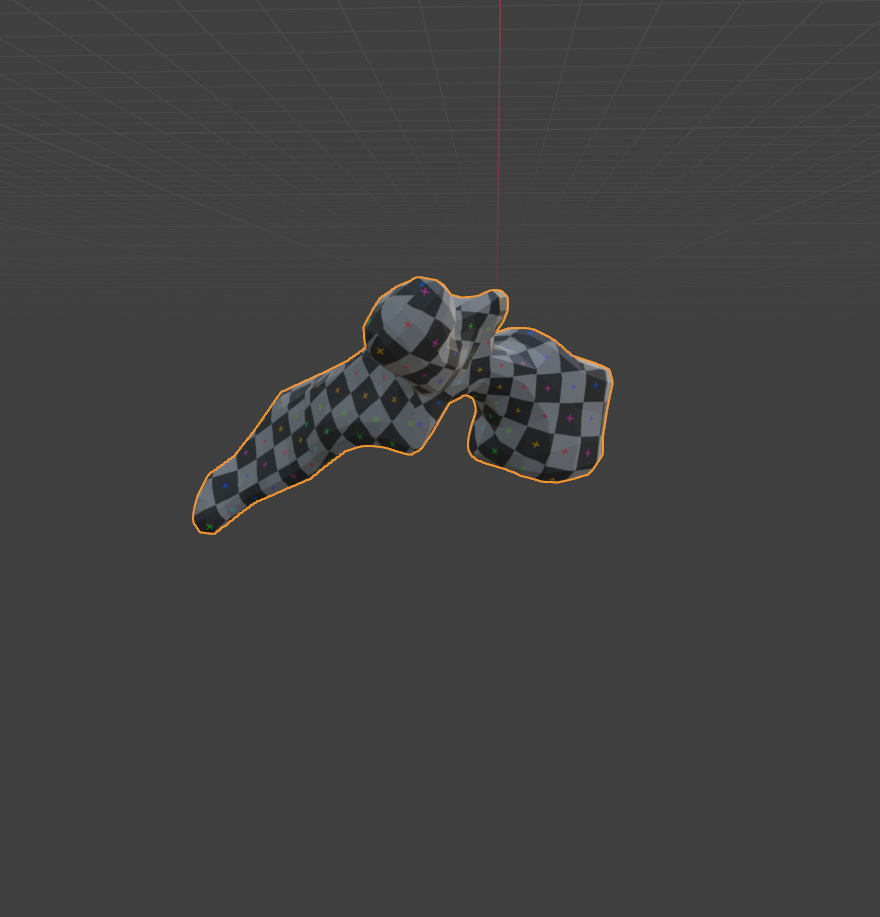
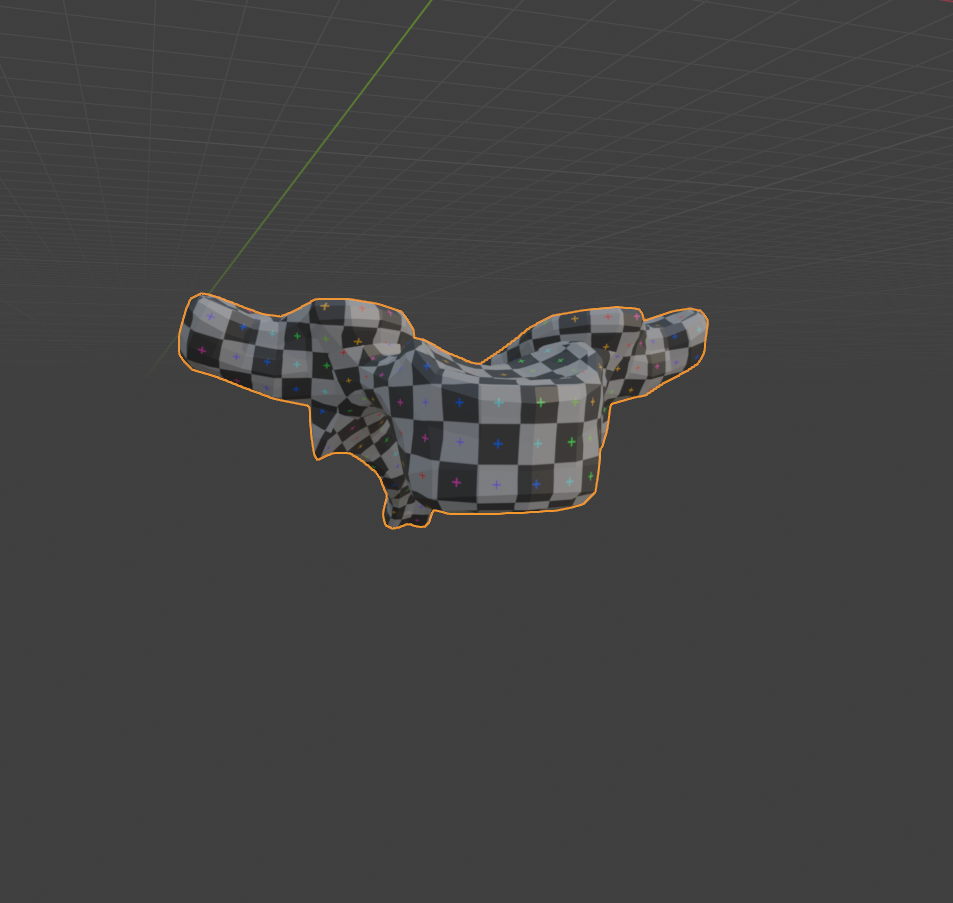
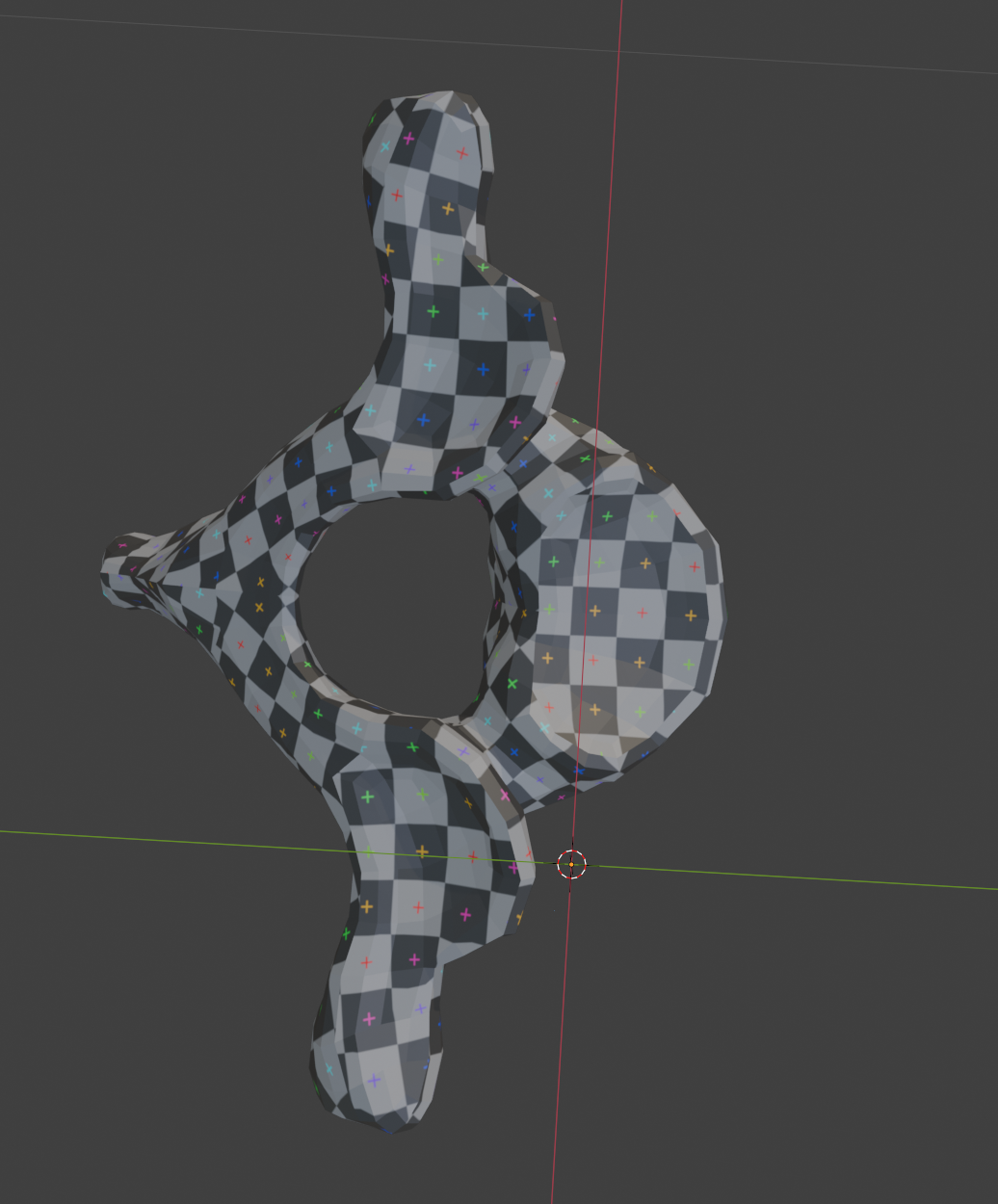
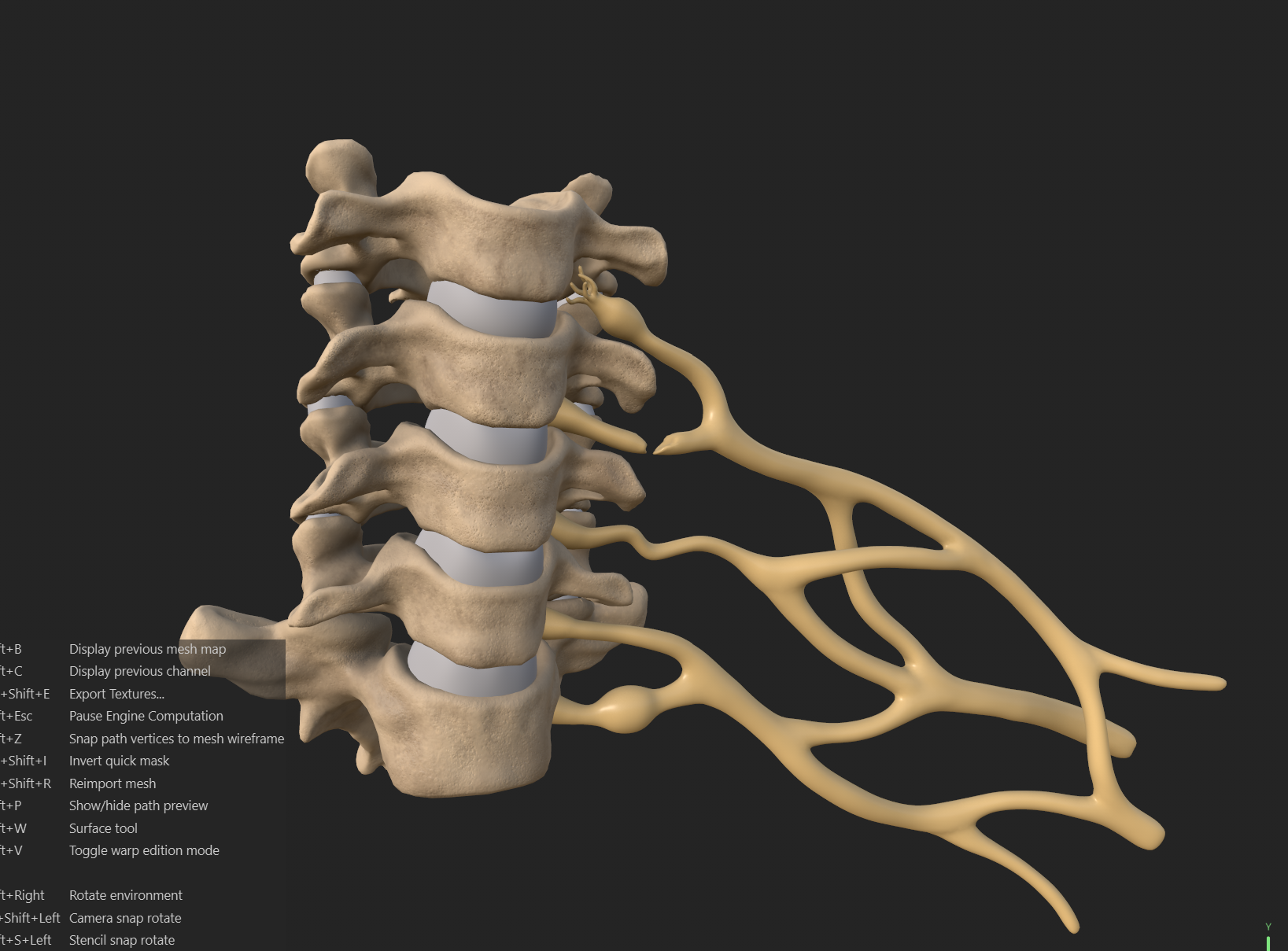
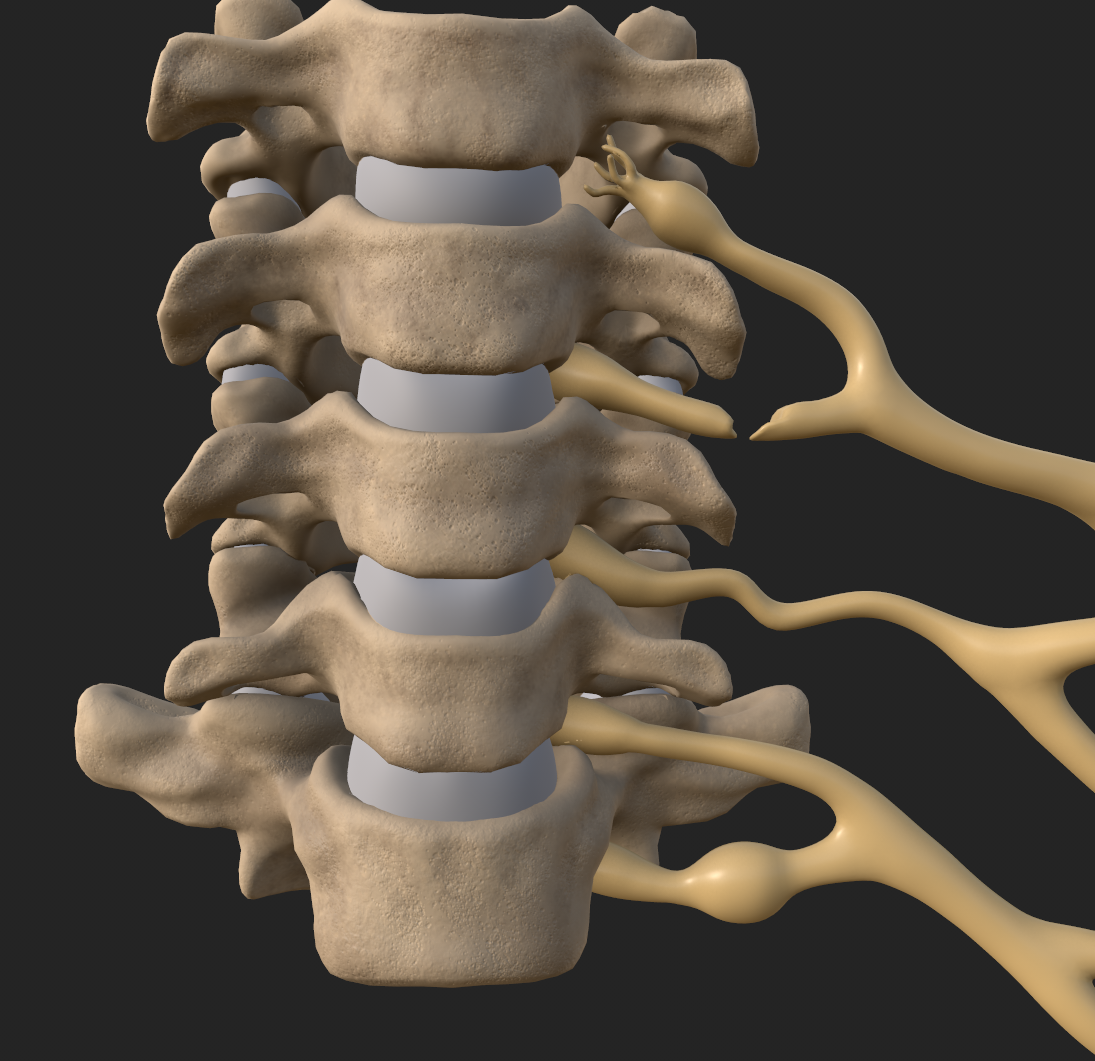
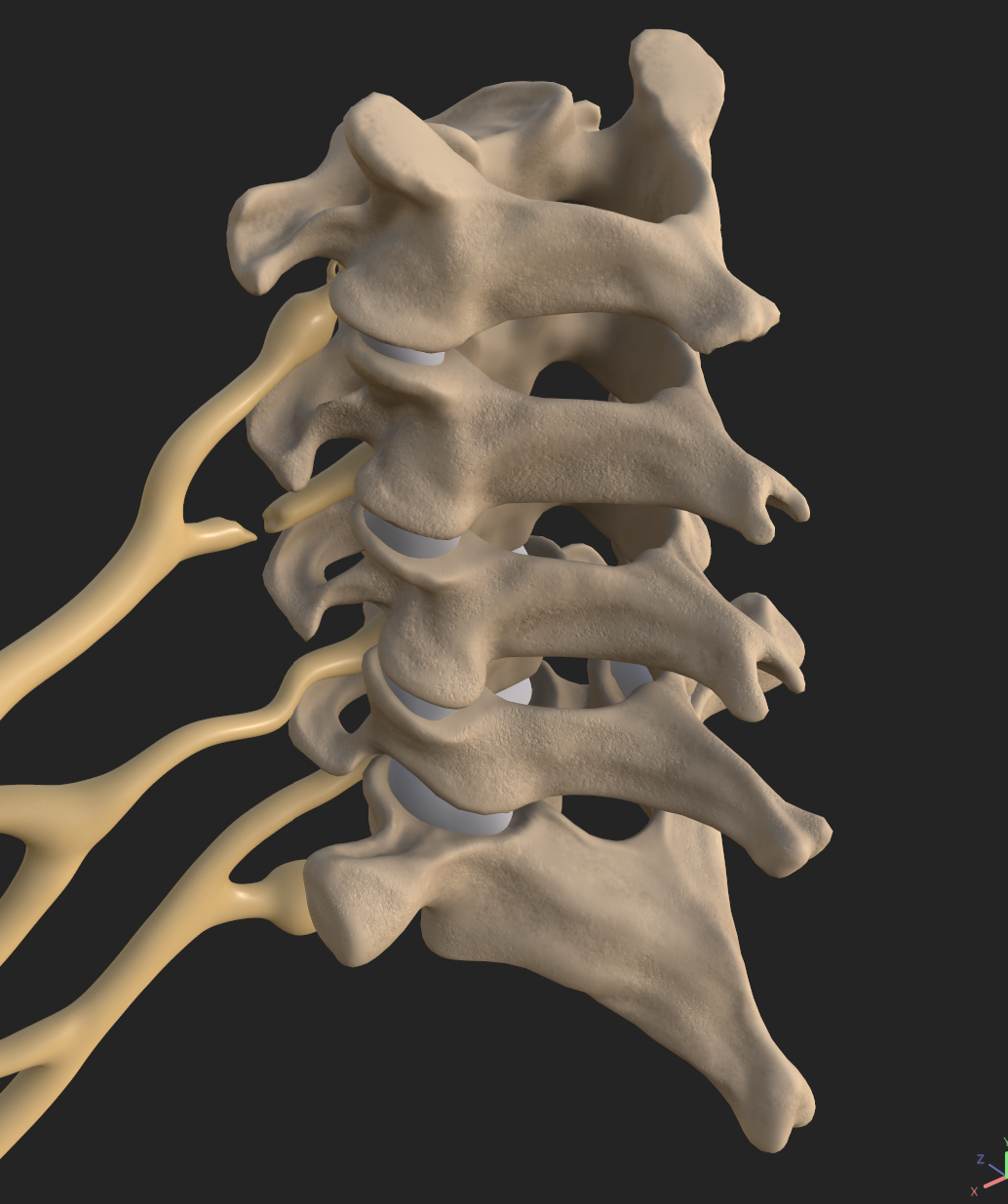
Texturing:
Once the models were optimized in Blender, I brought them into Substance Painter to apply textures using physically based rendering (PBR) workflows. I used industry-standard PBR maps—including base color, roughness, metallic, and normal maps—to enhance realism and material definition. Anatomical structures like nerve bundles and bone surfaces were textured with attention to both visual clarity and biological accuracy, ensuring the models could communicate effectively in both educational and legal contexts. This approach gave the final renders a polished, professional finish while remaining grounded in medical precision.
Infographic Application:
To extend the impact of the 3D models, I repurposed them to create high-resolution renders for a patient-facing infographic that educates parents on brachial plexus injuries and their various types. By isolating and labeling the affected nerve regions, the visuals clearly convey complex anatomical information in a digestible, emotionally sensitive format. This demonstrated the versatility of the models—not just for legal and clinical audiences, but also as accessible educational tools for non-medical users seeking clarity during a stressful time.
